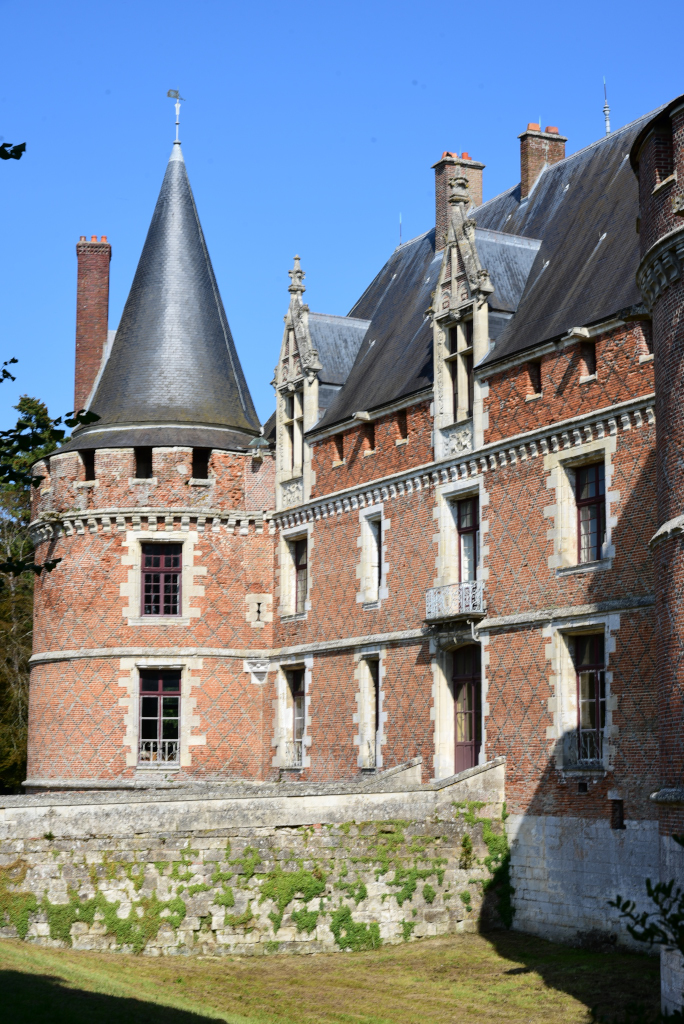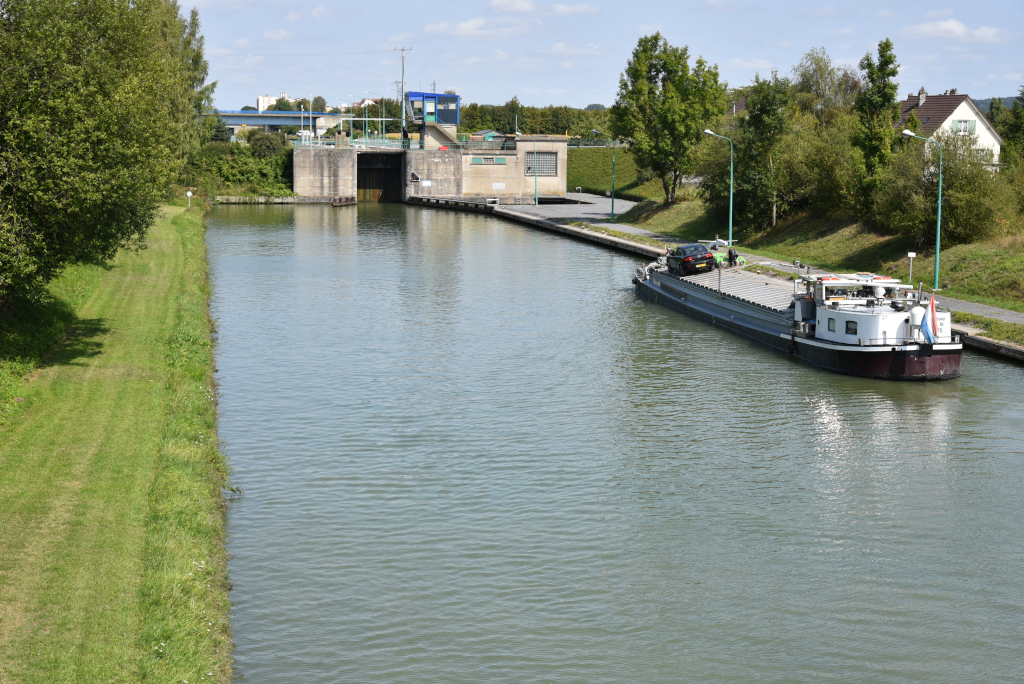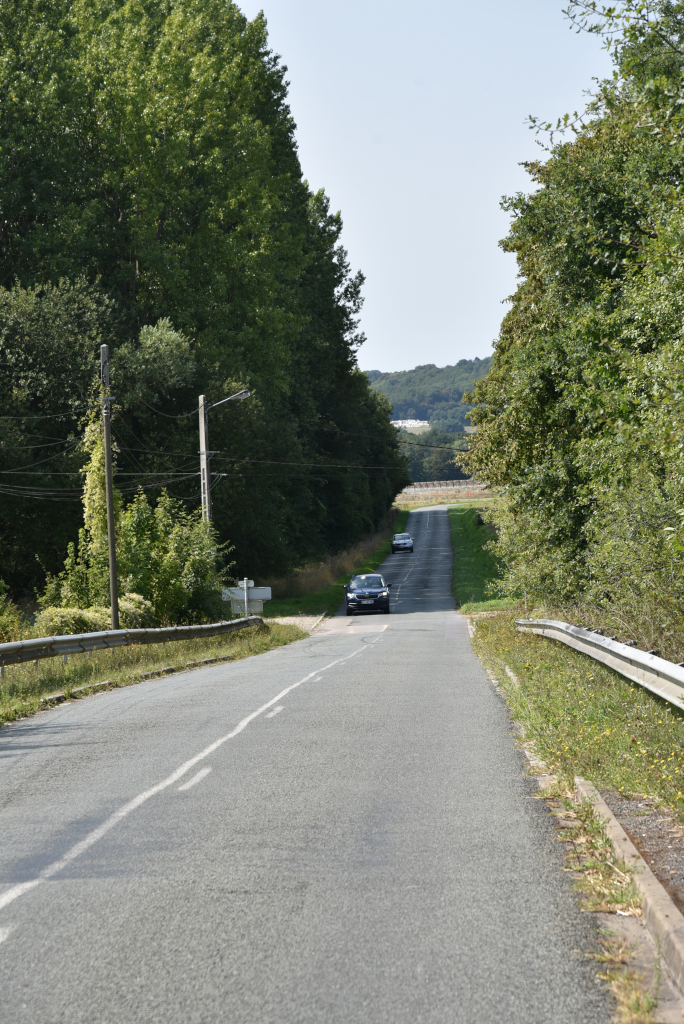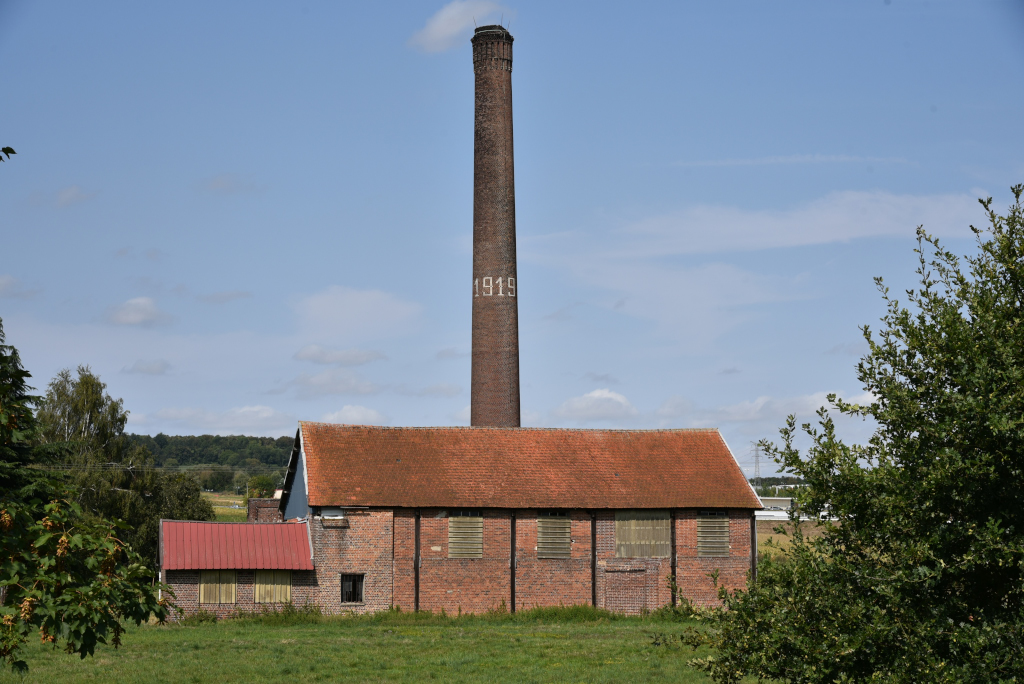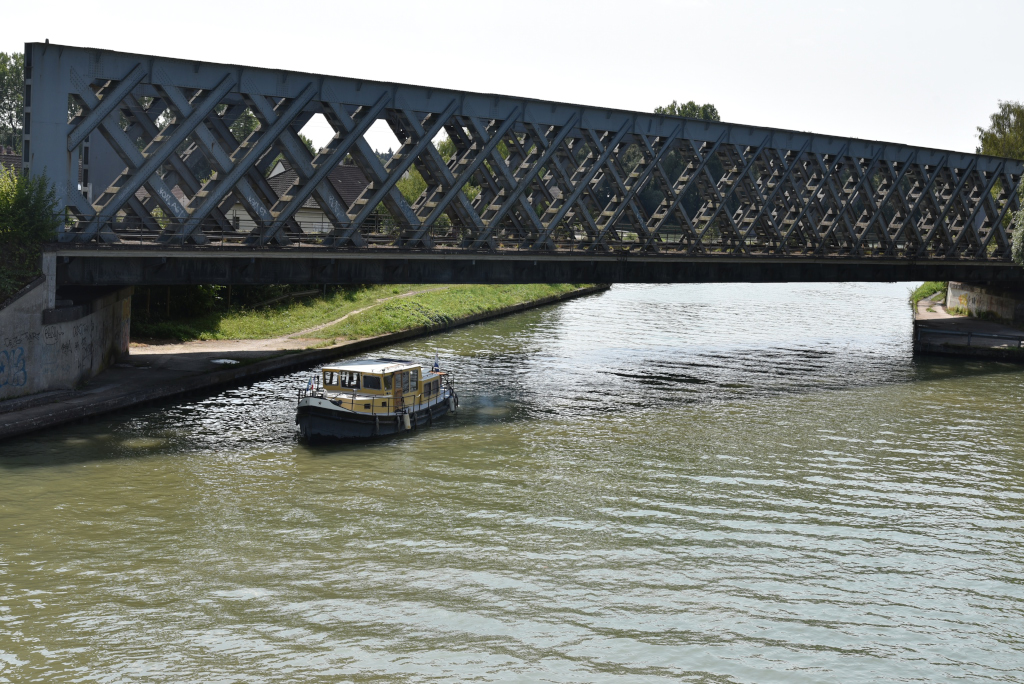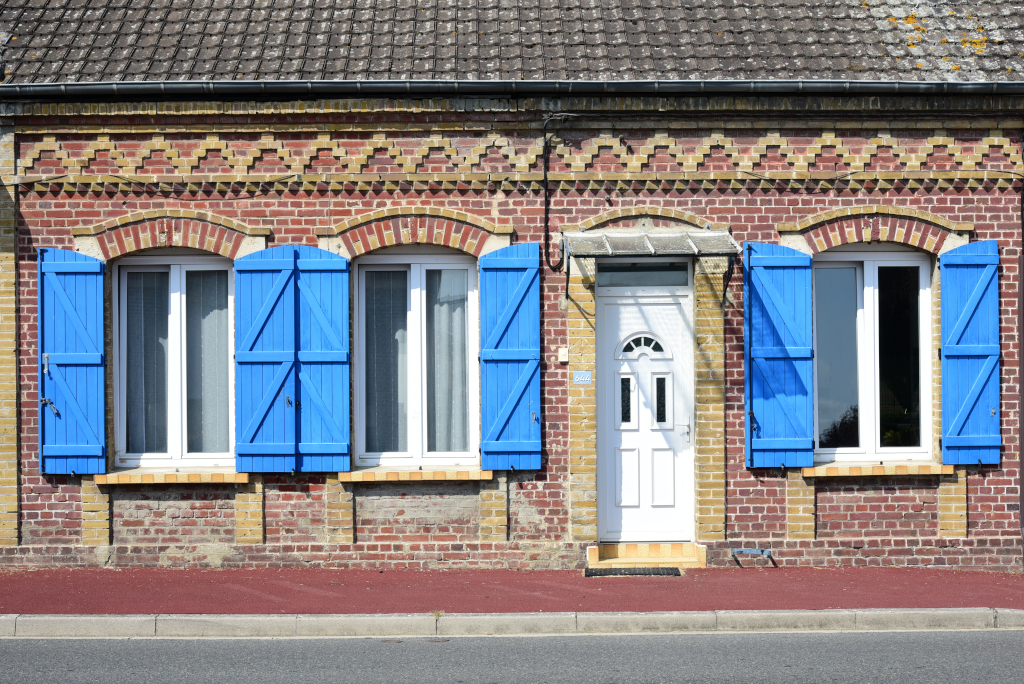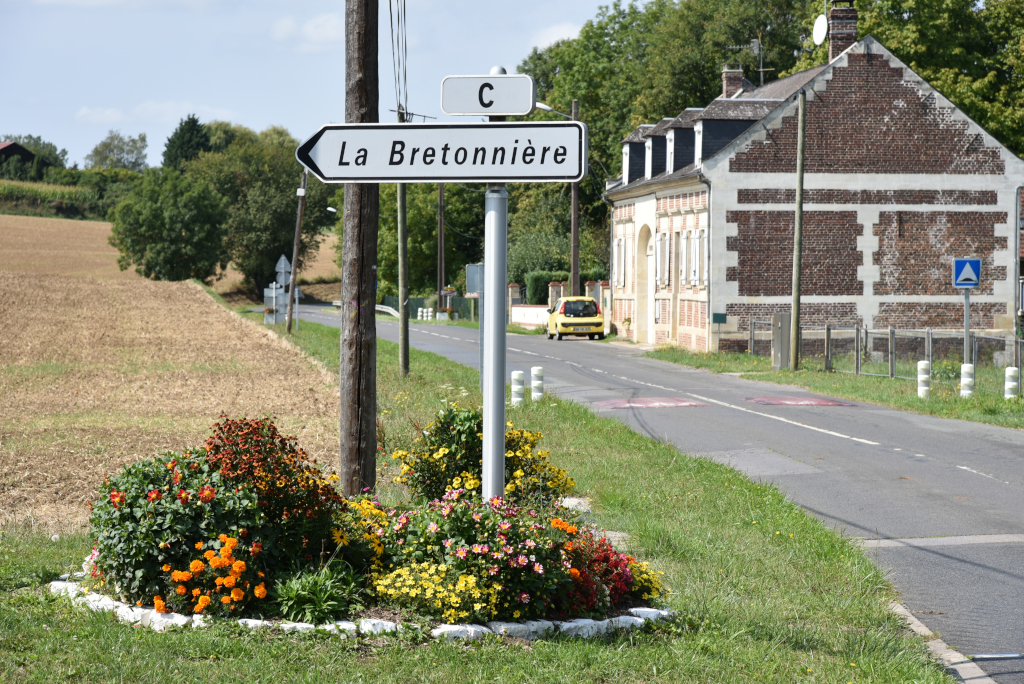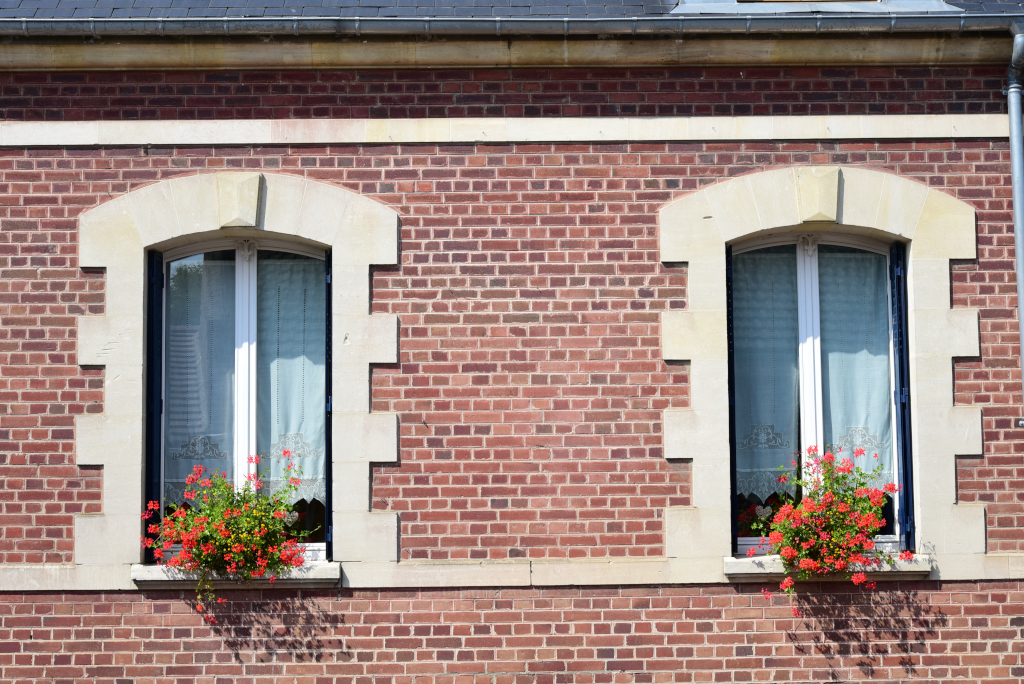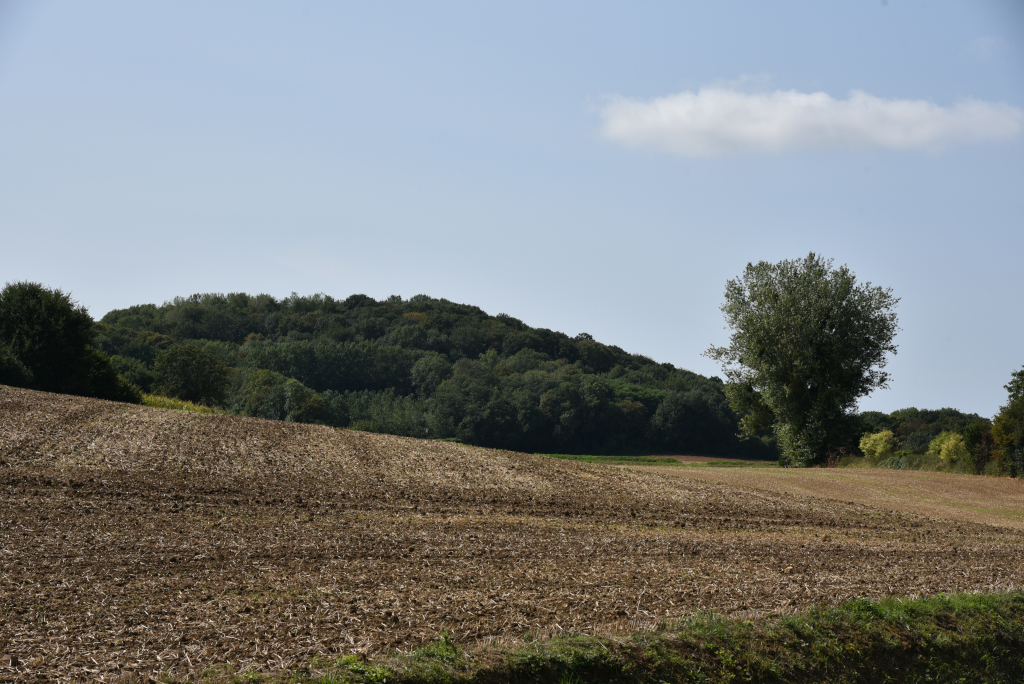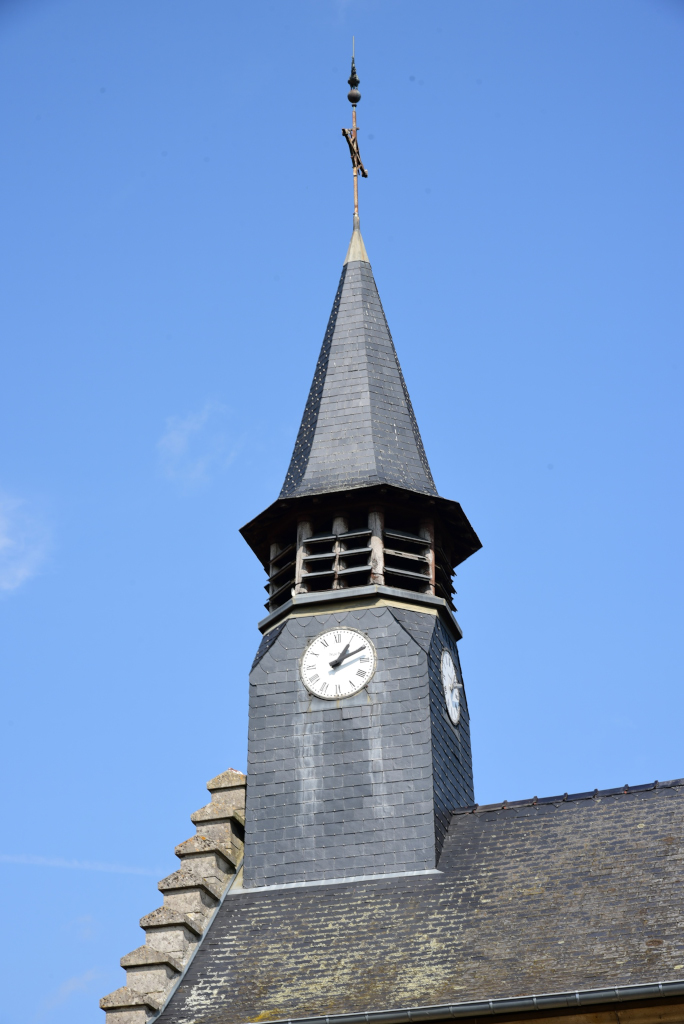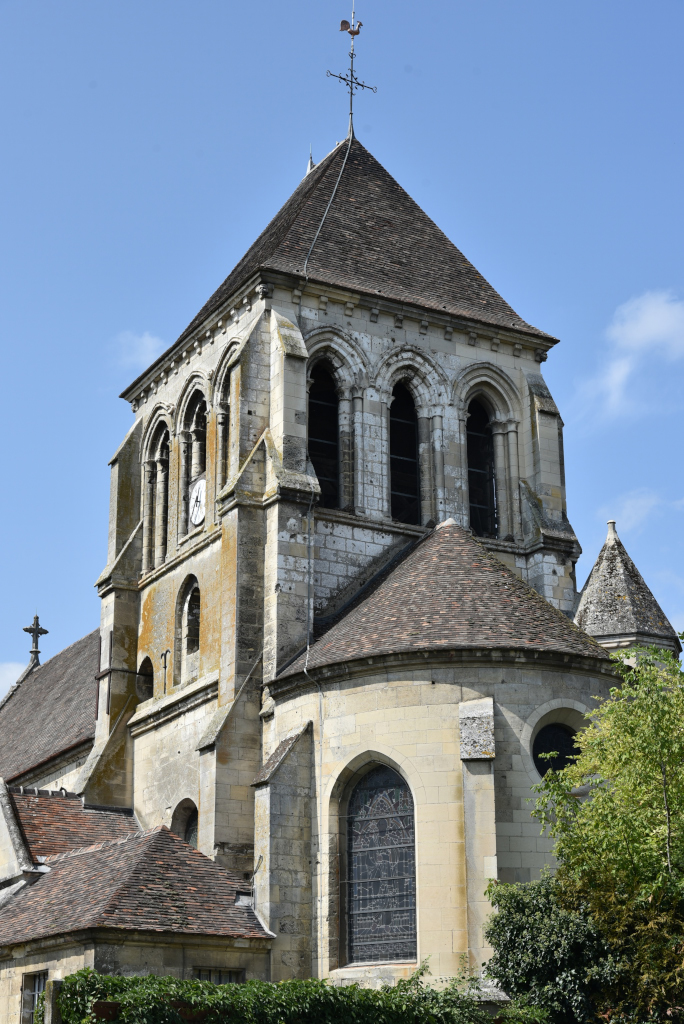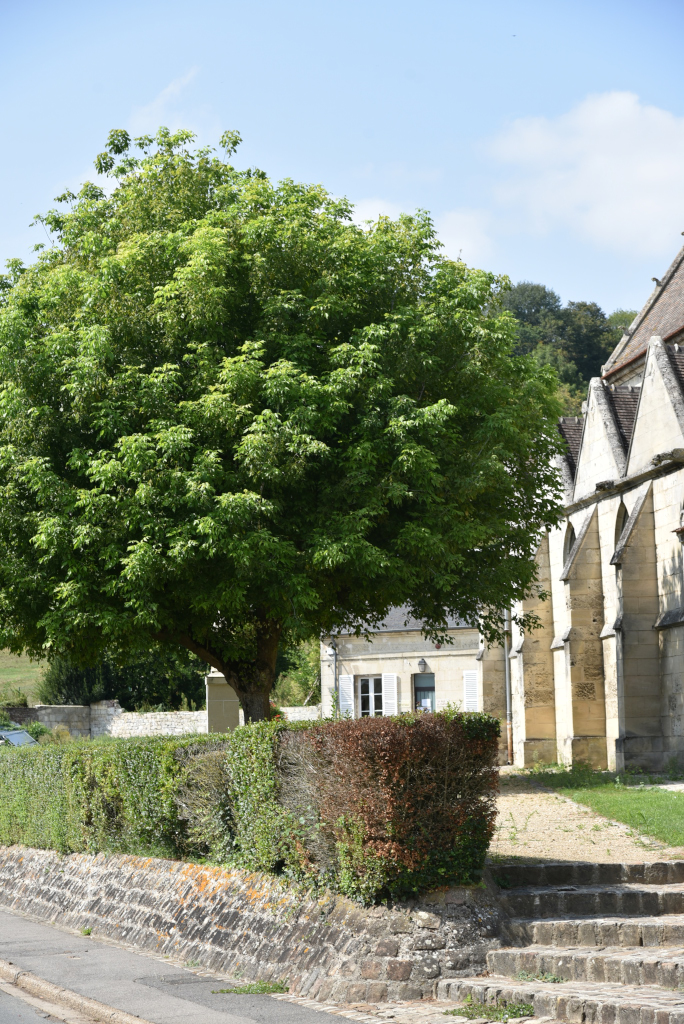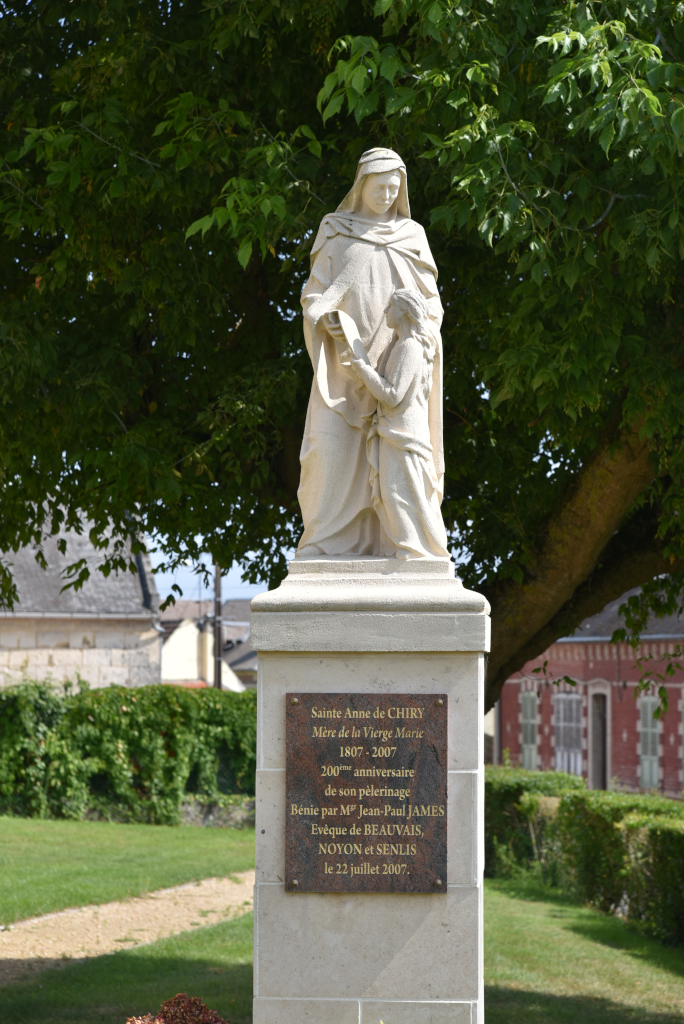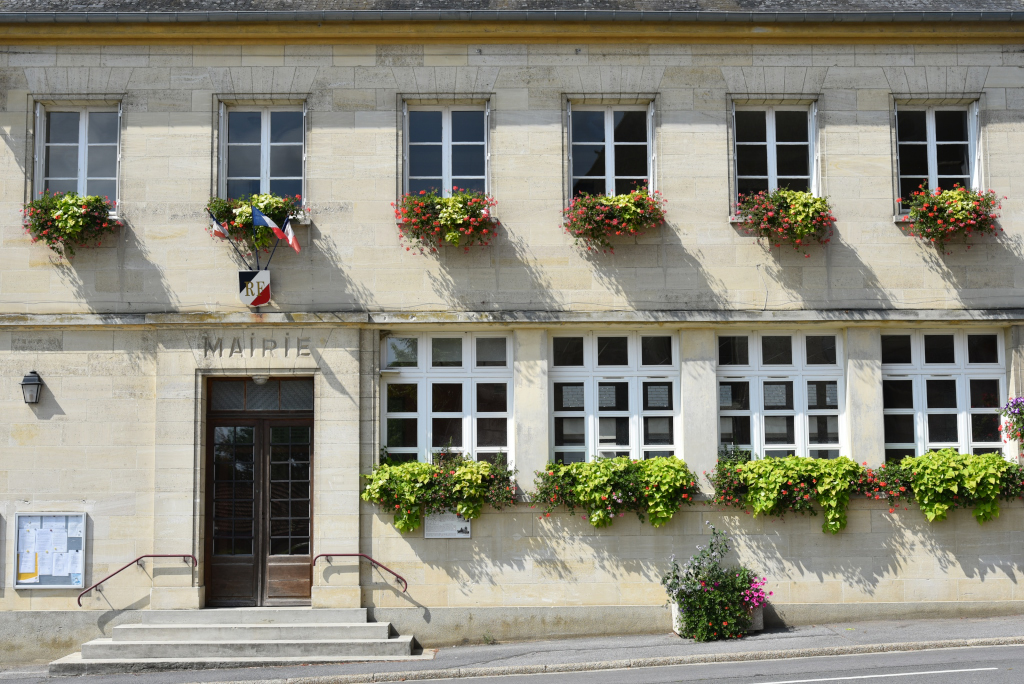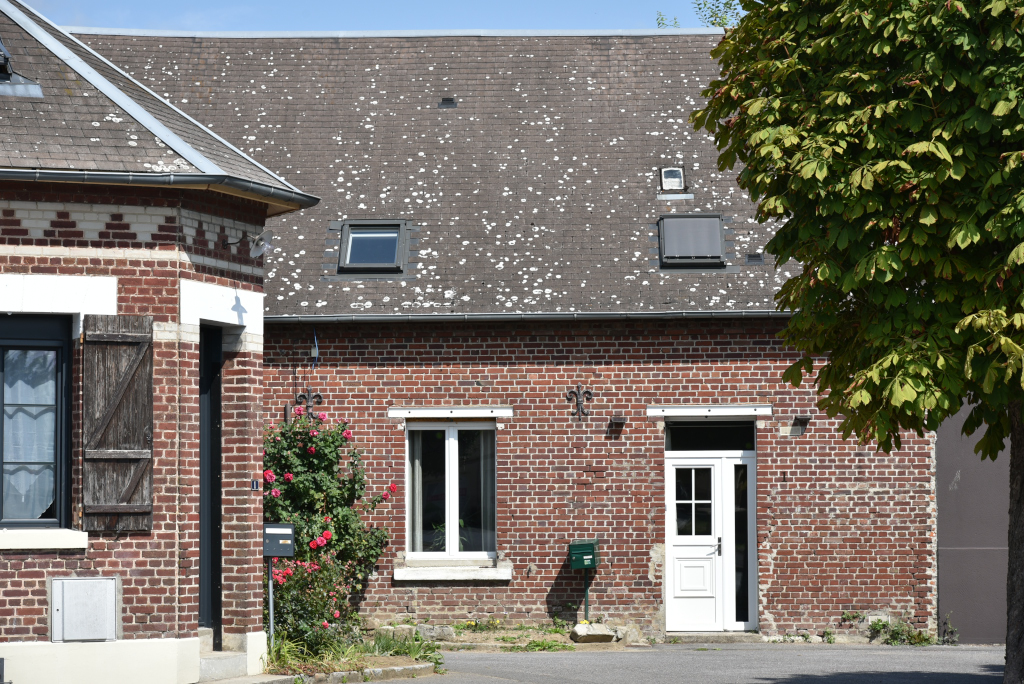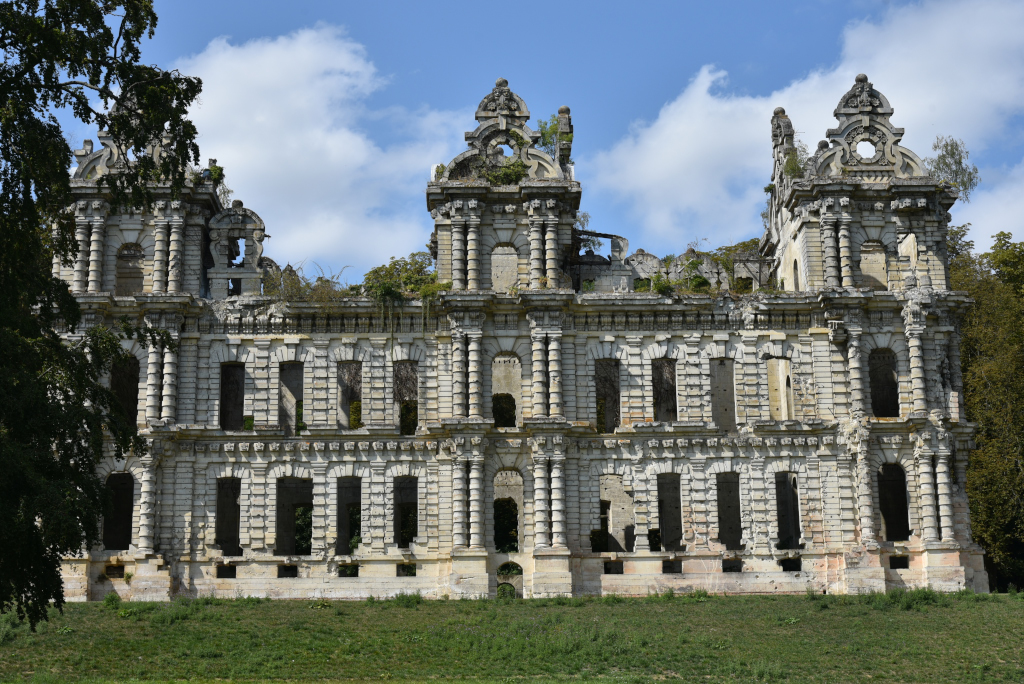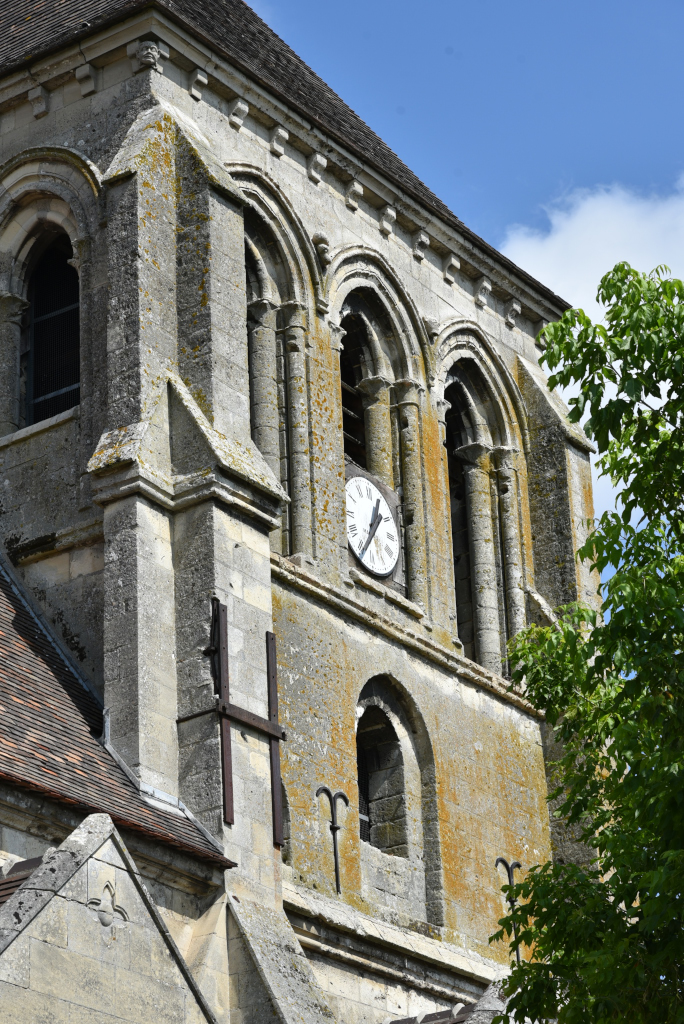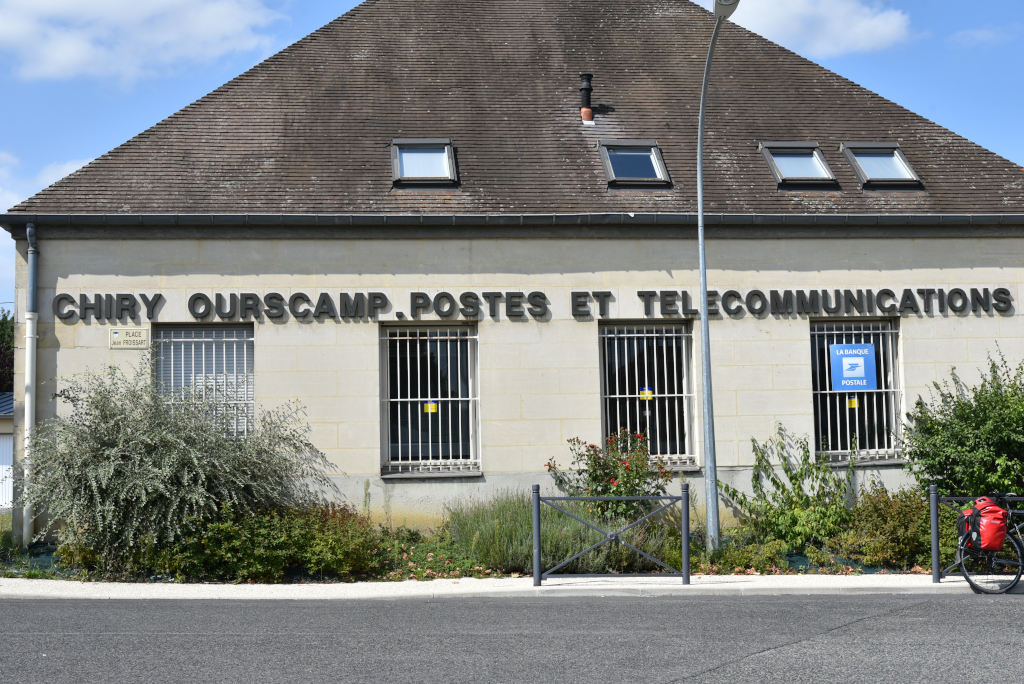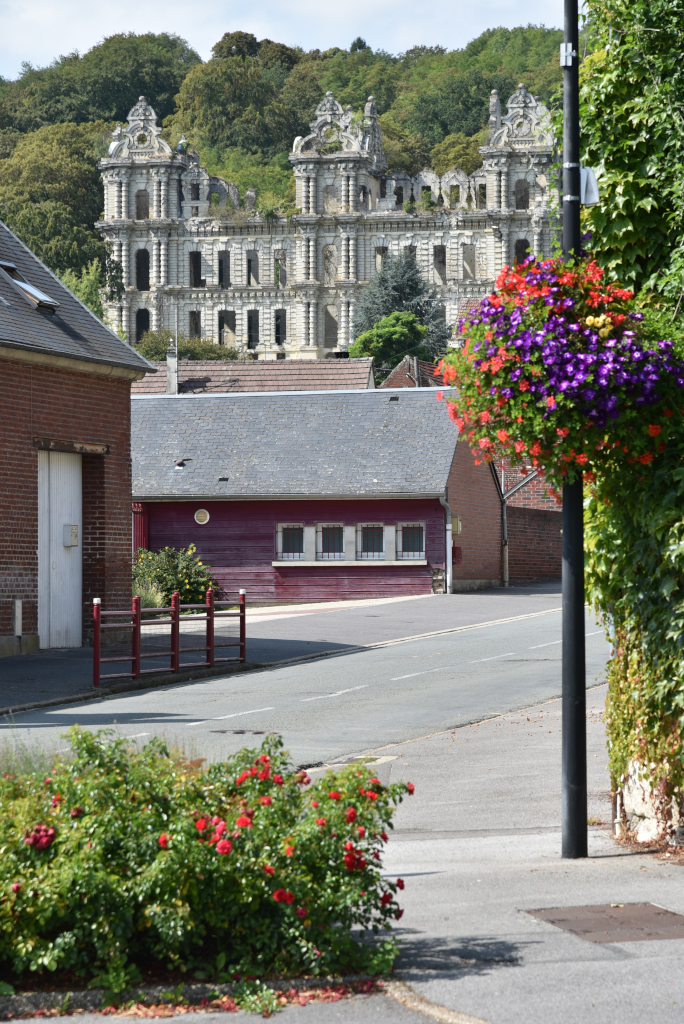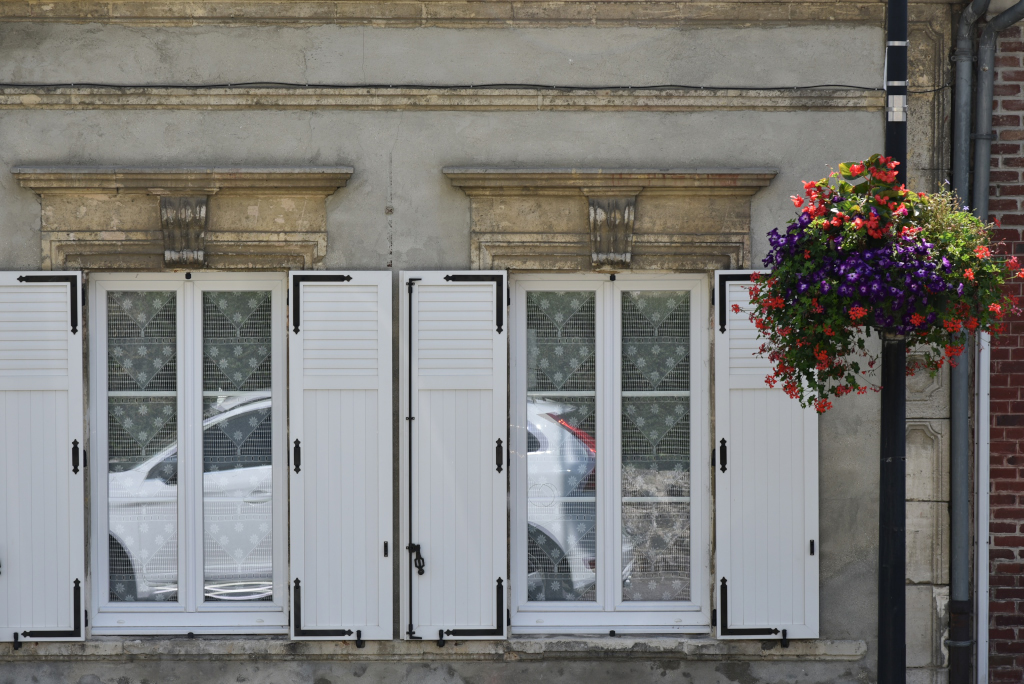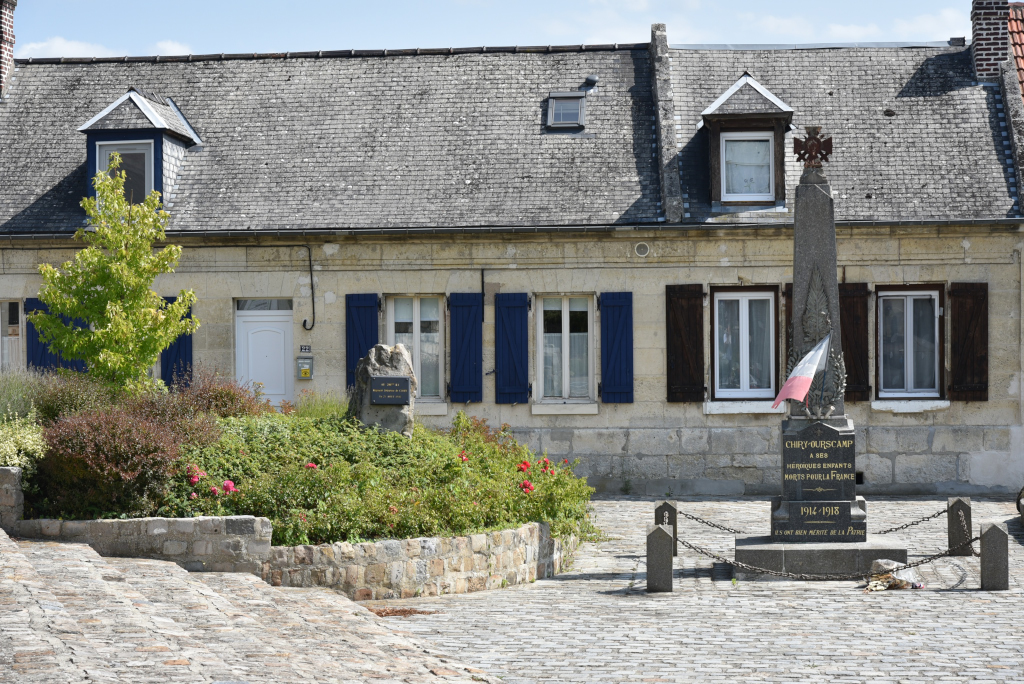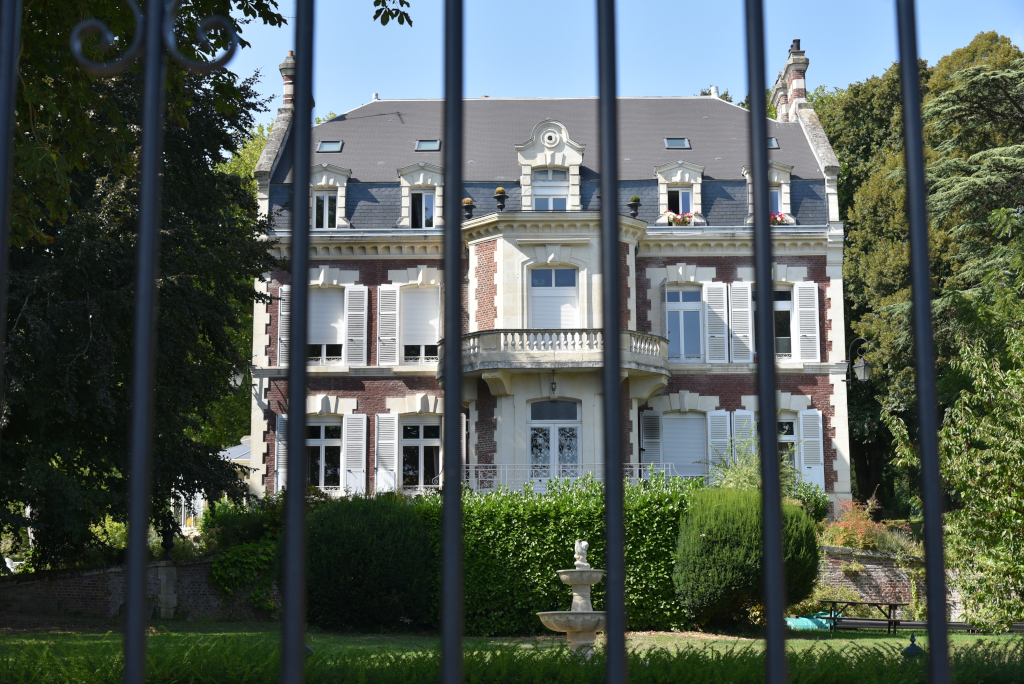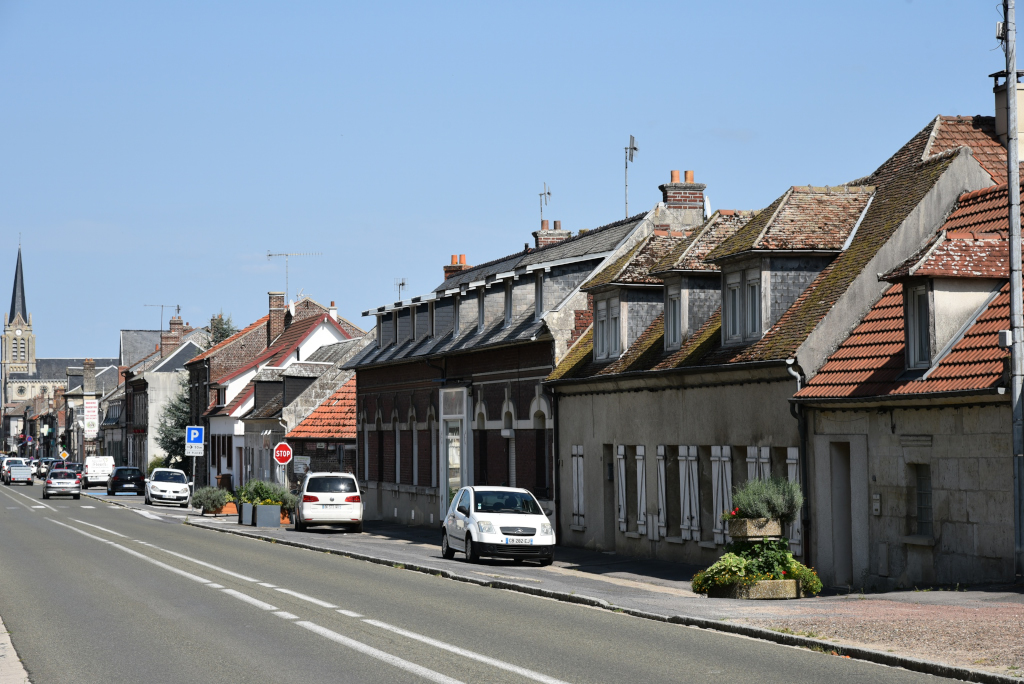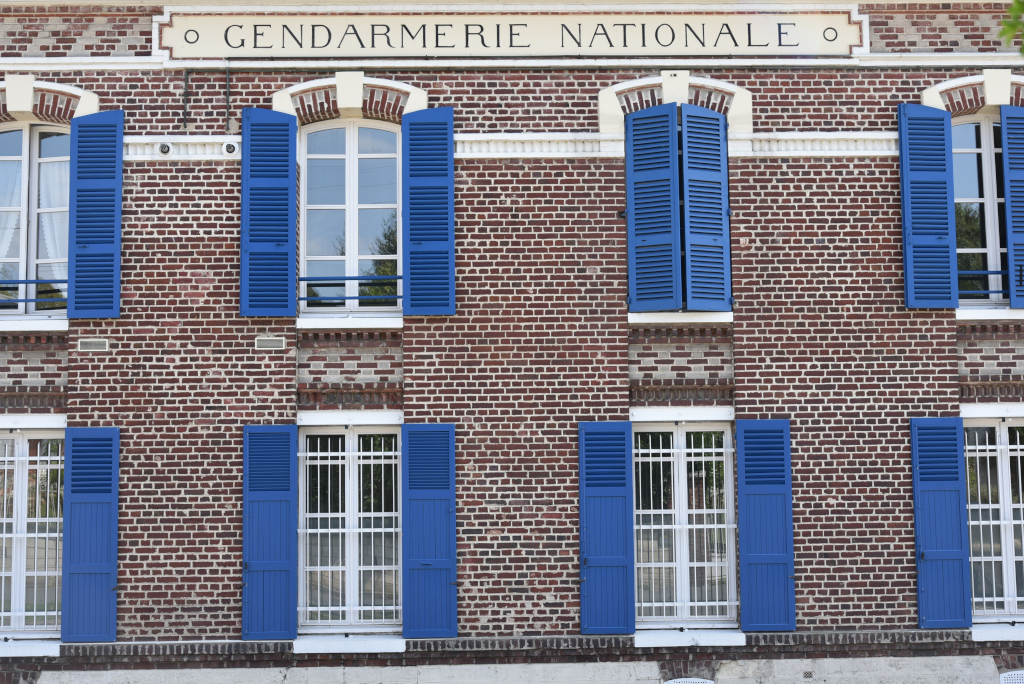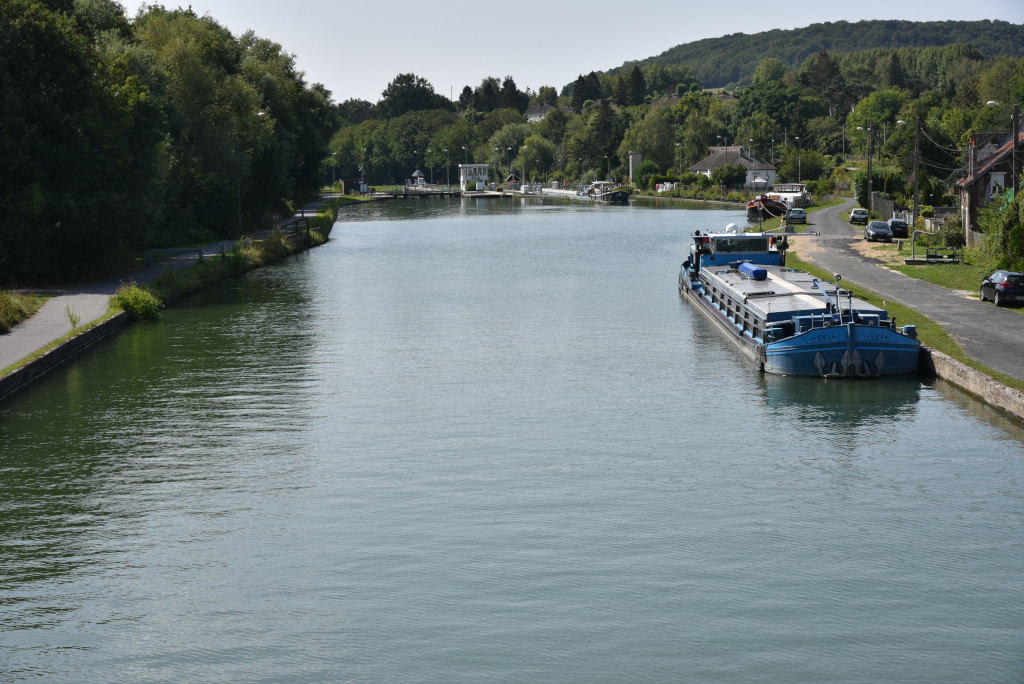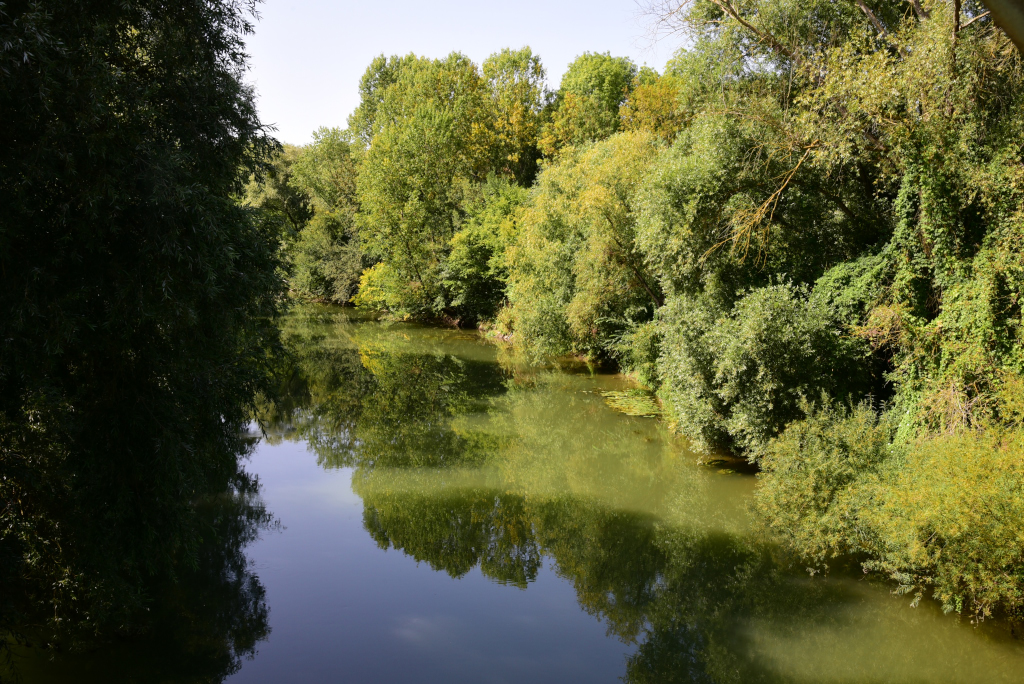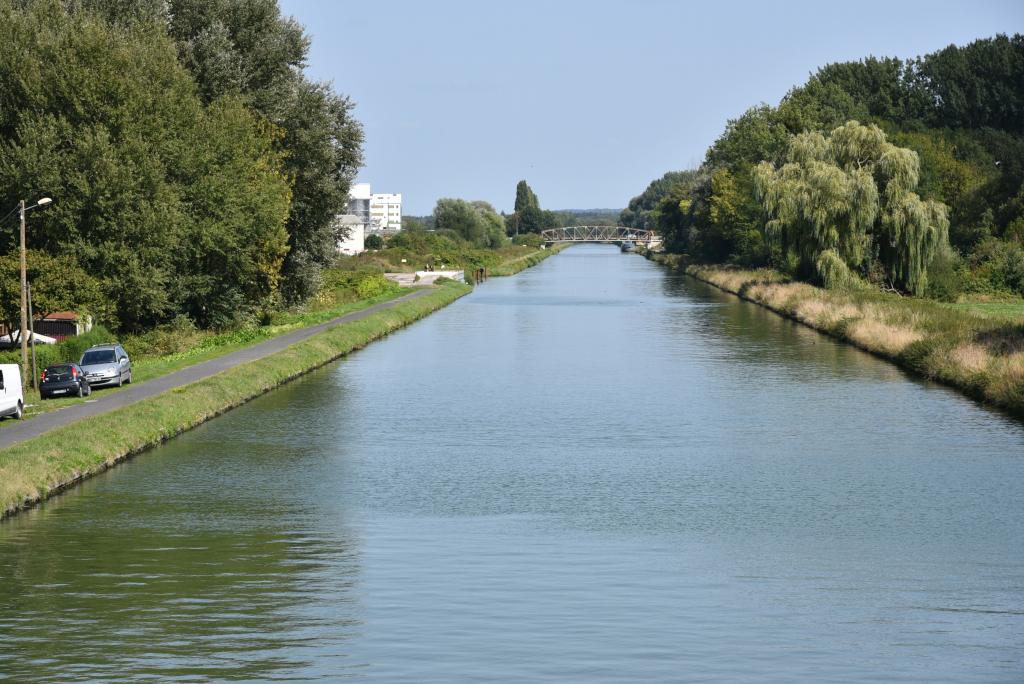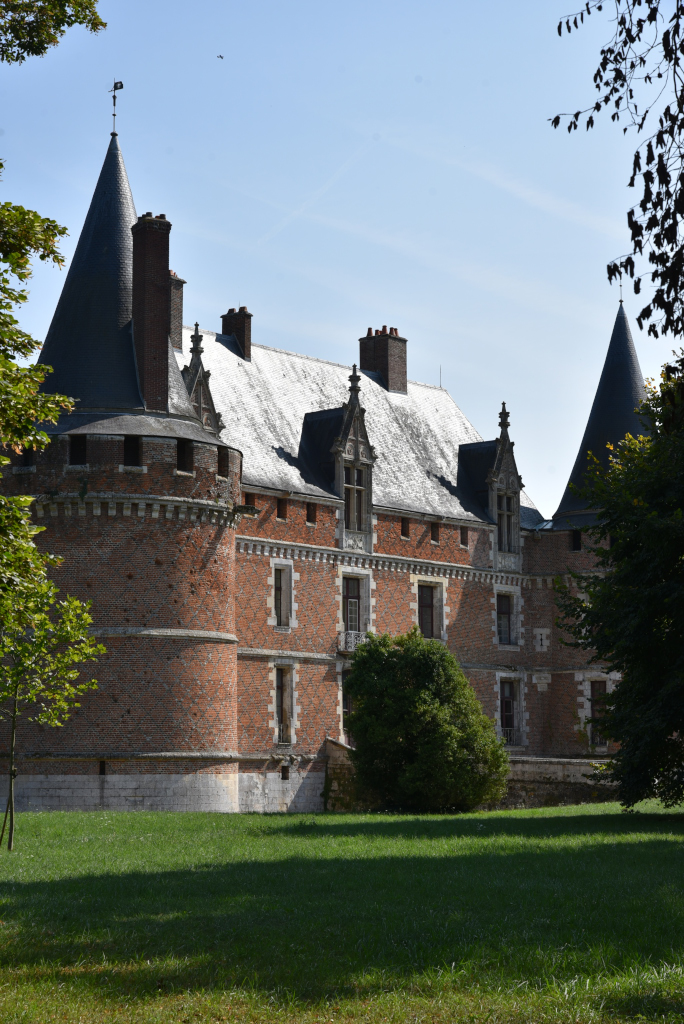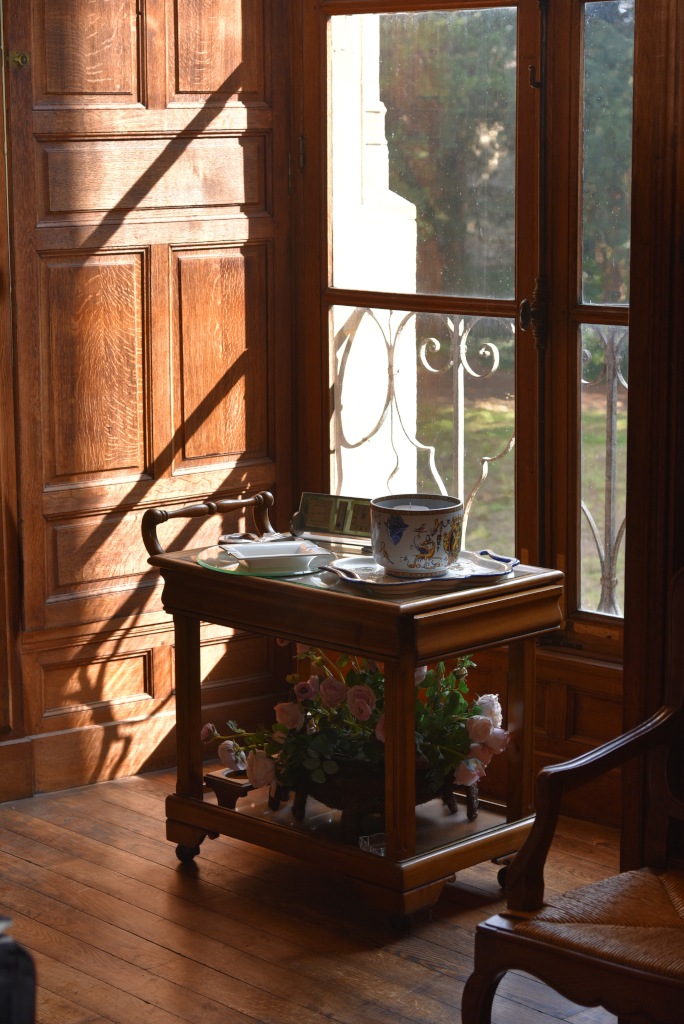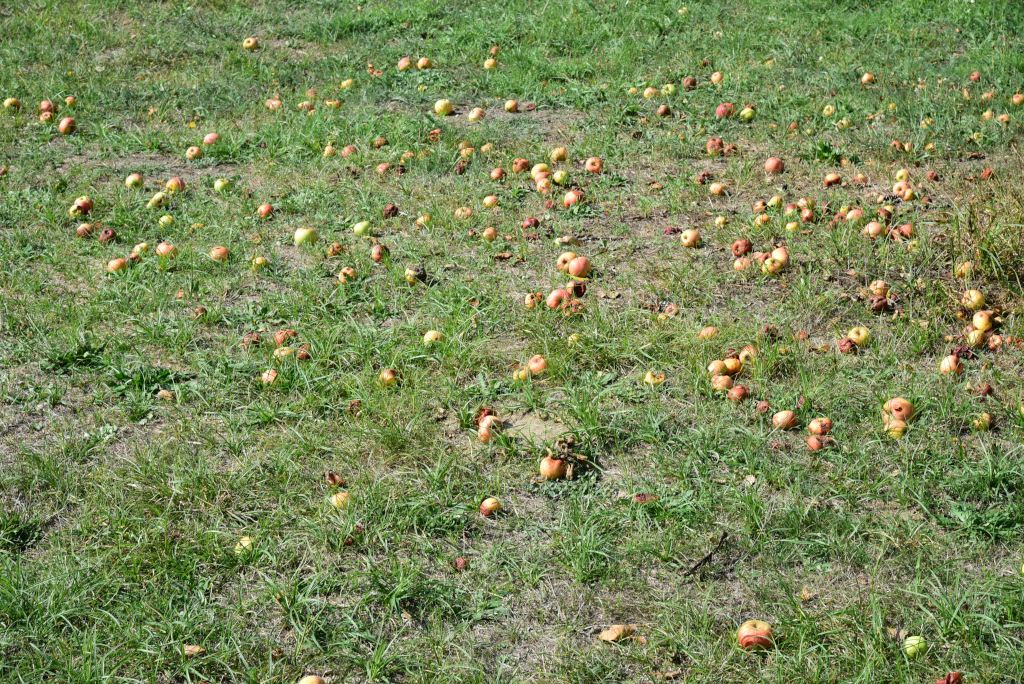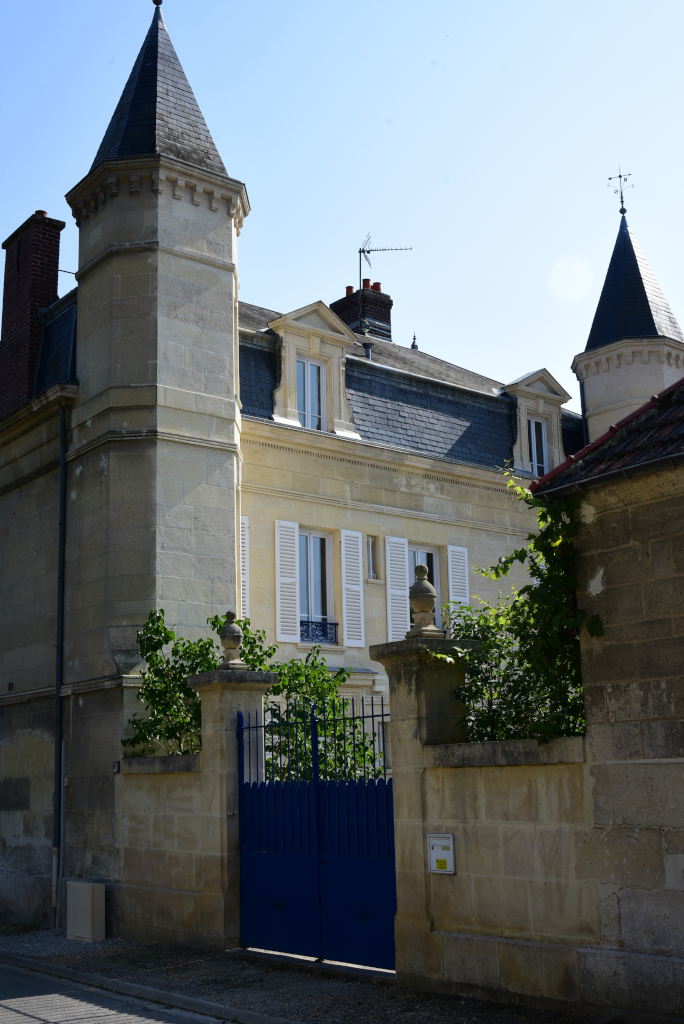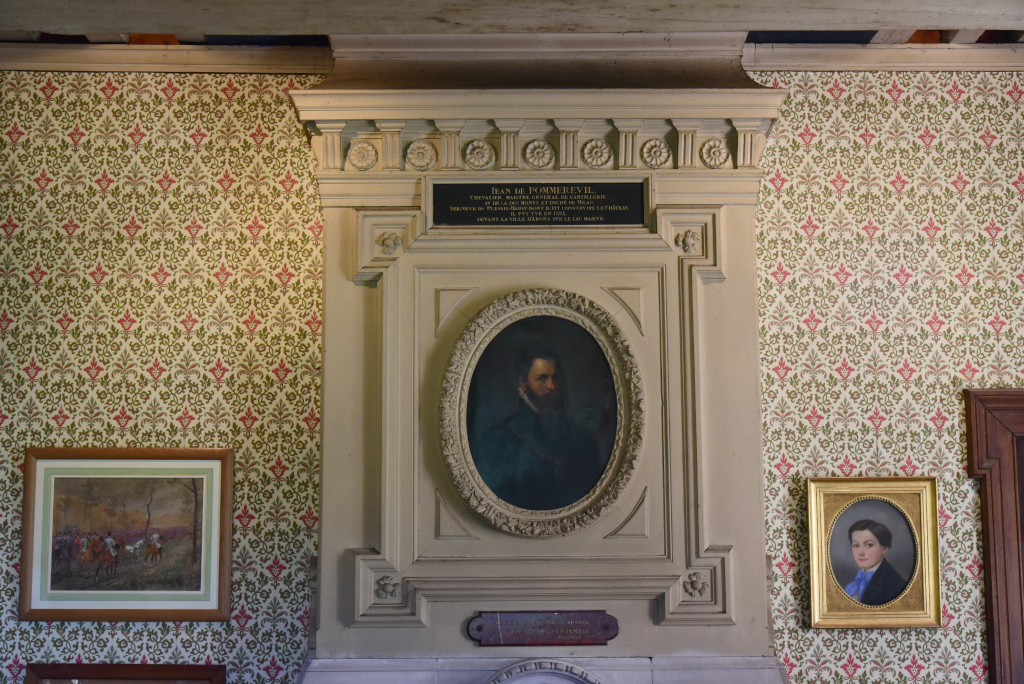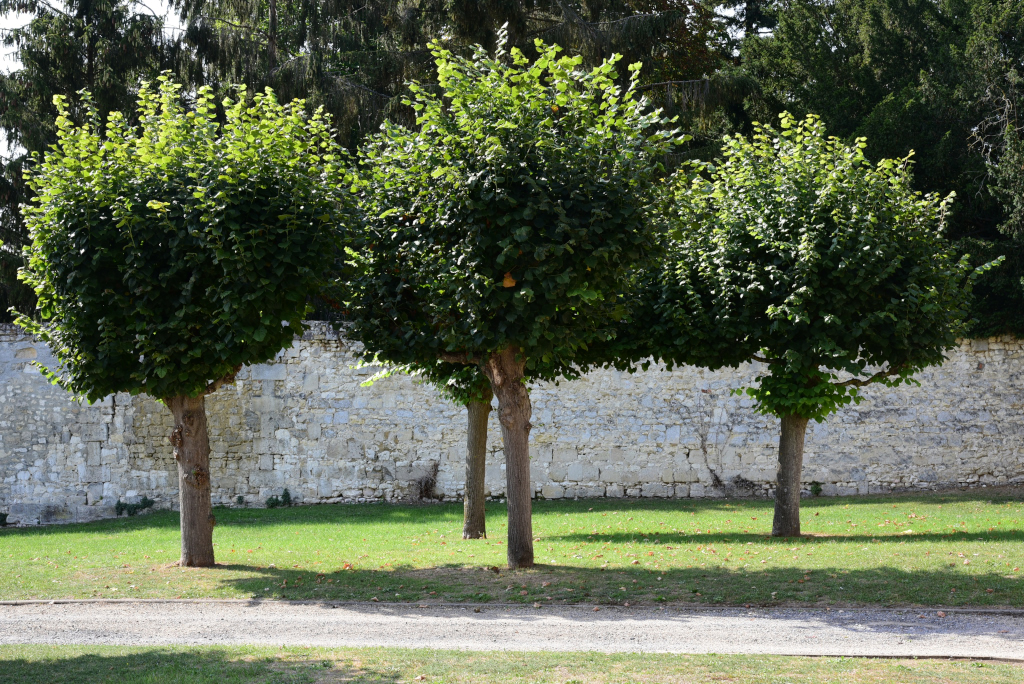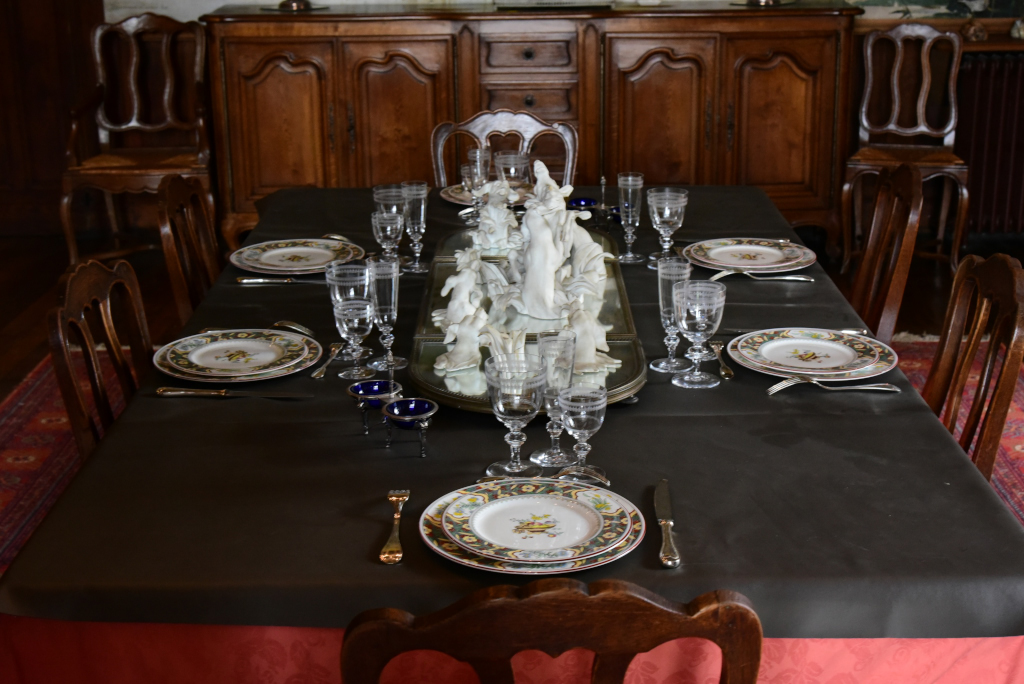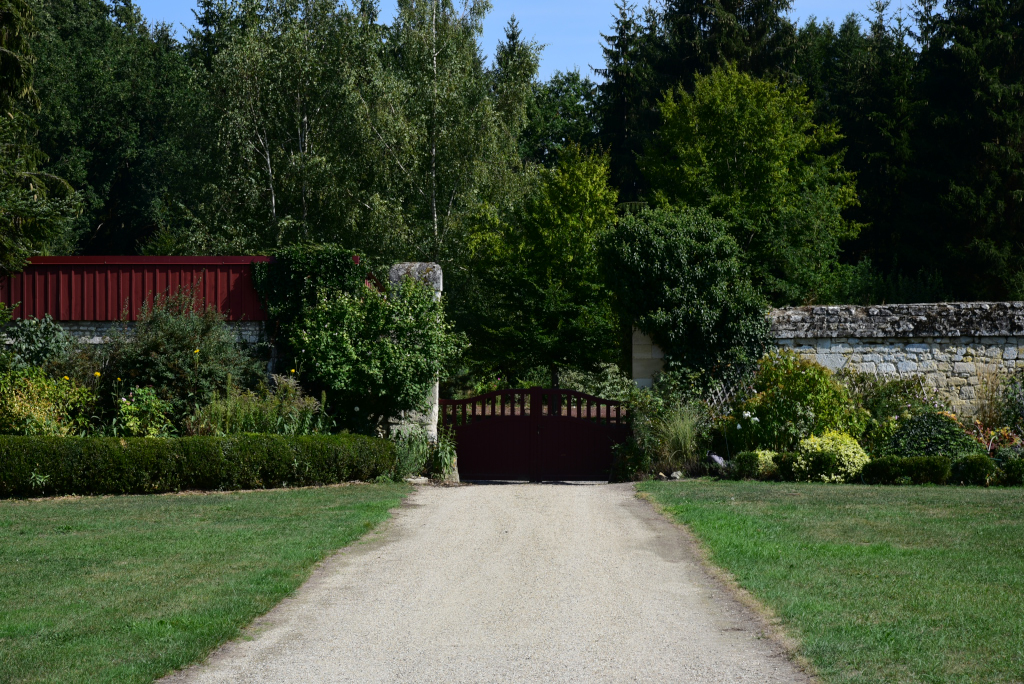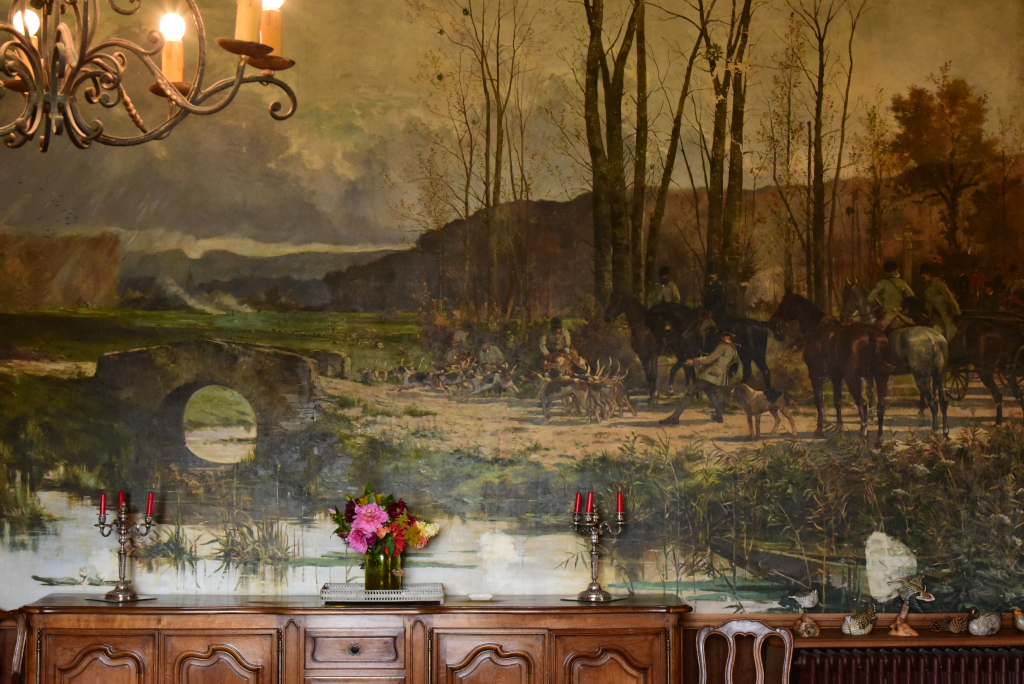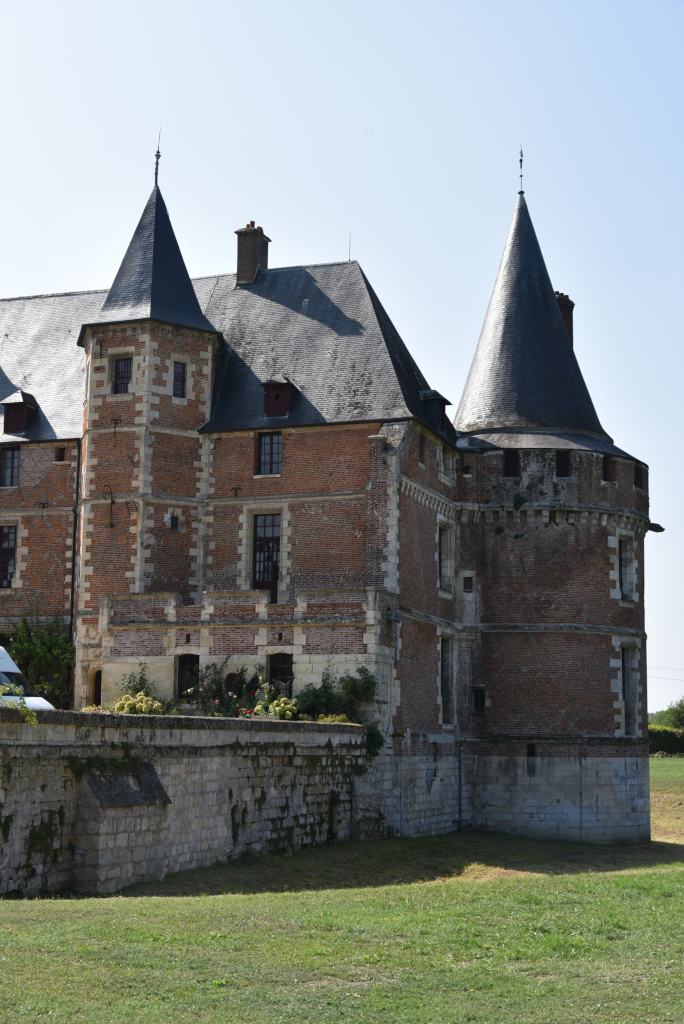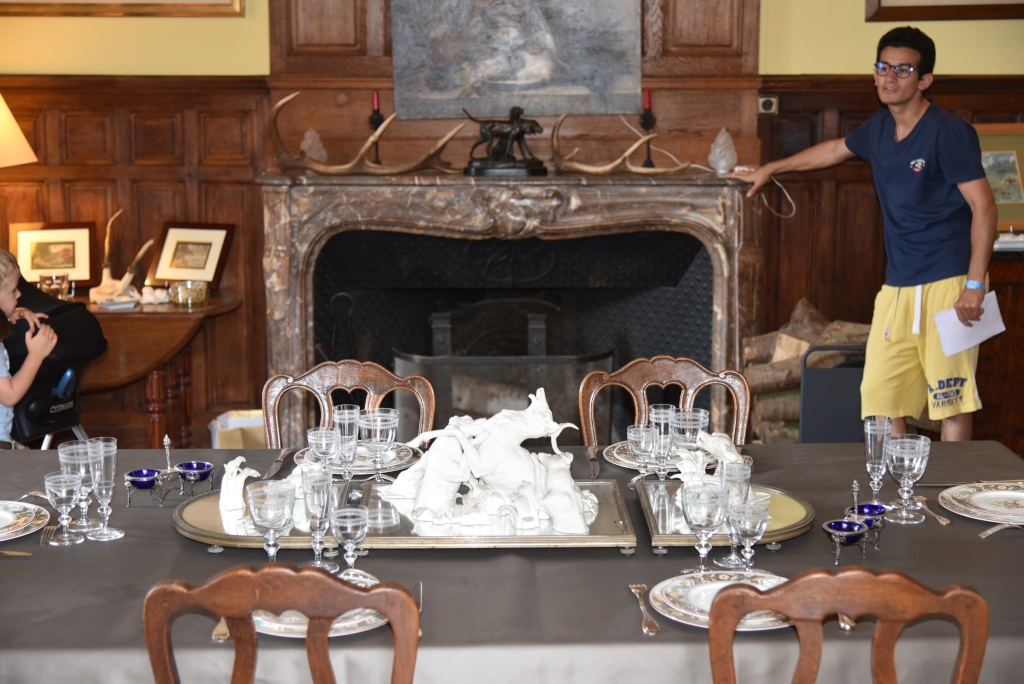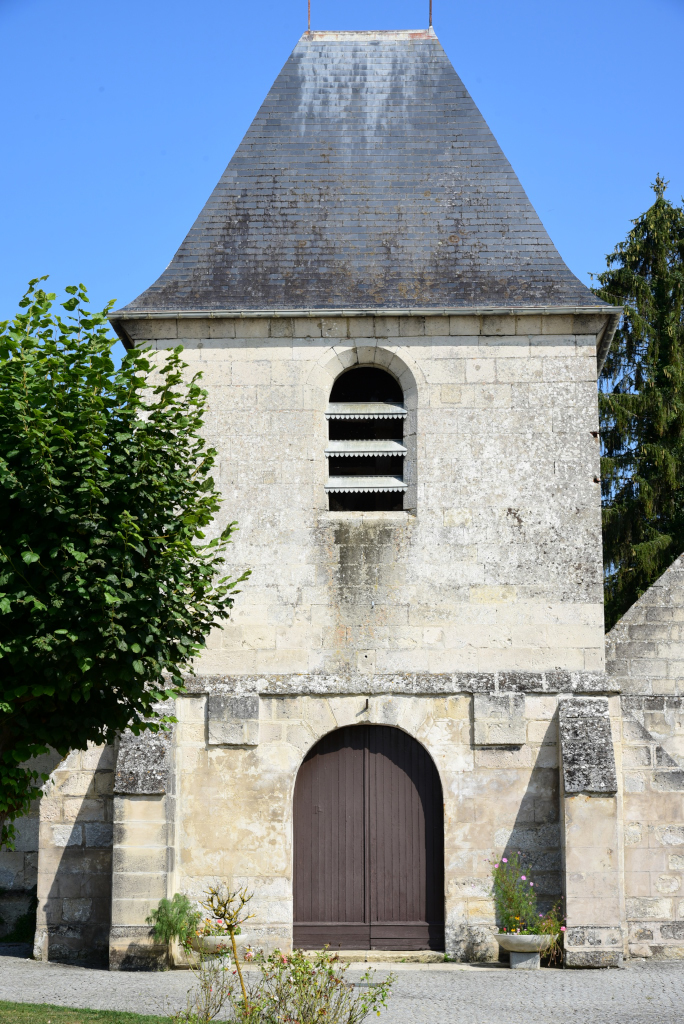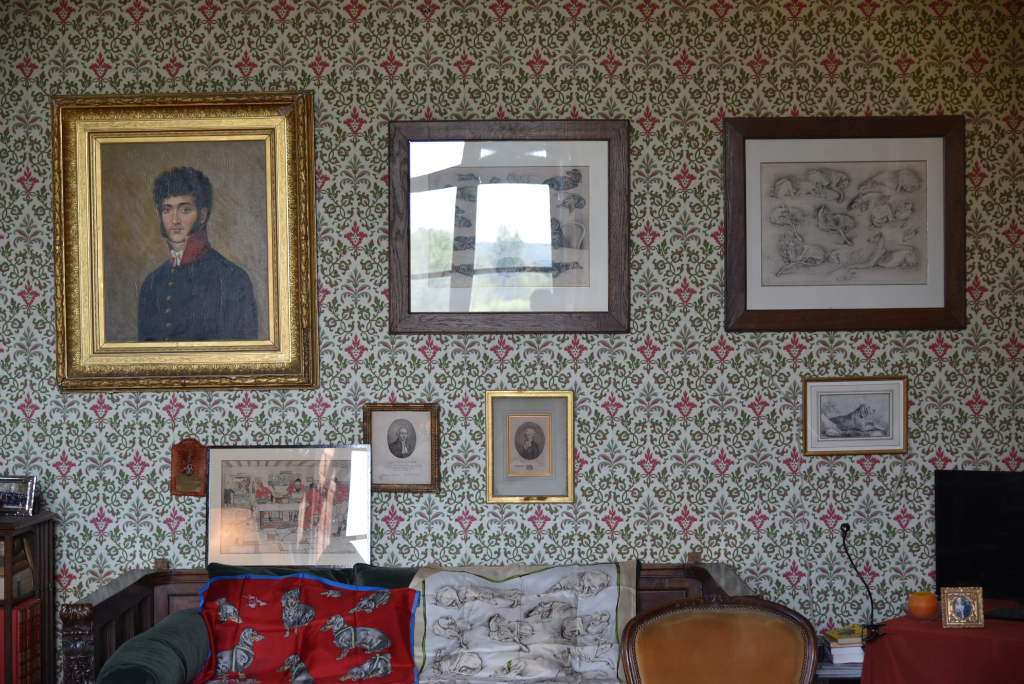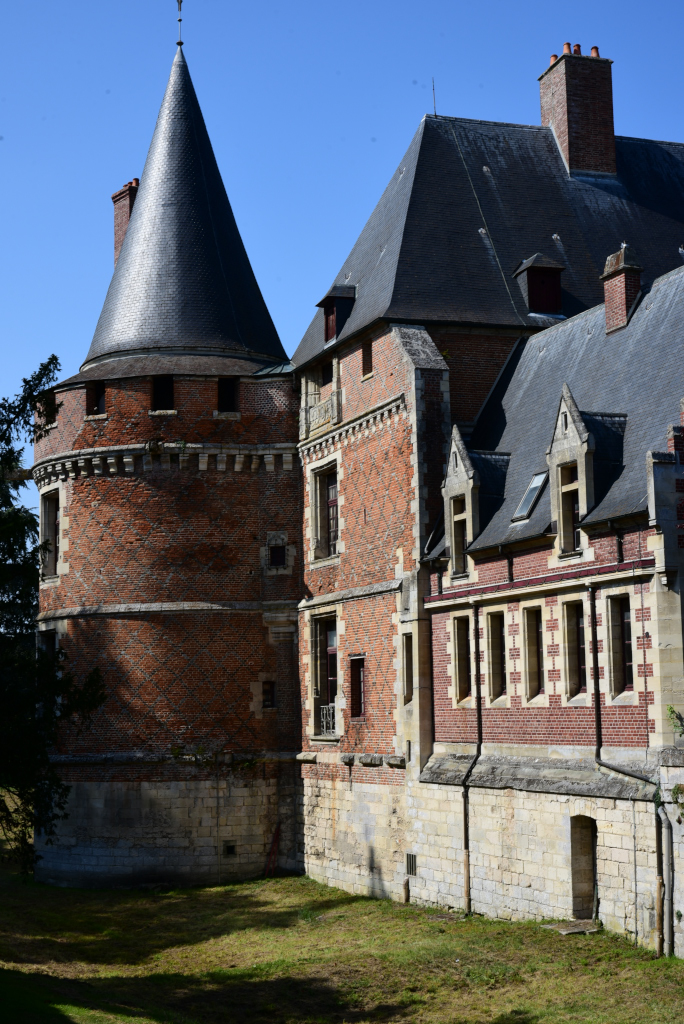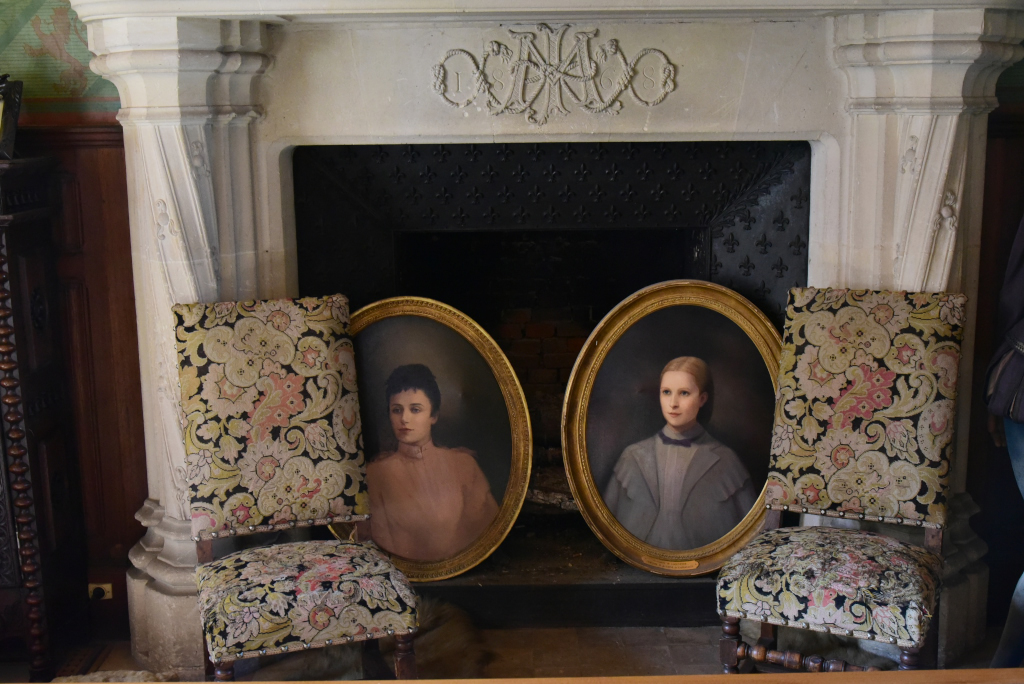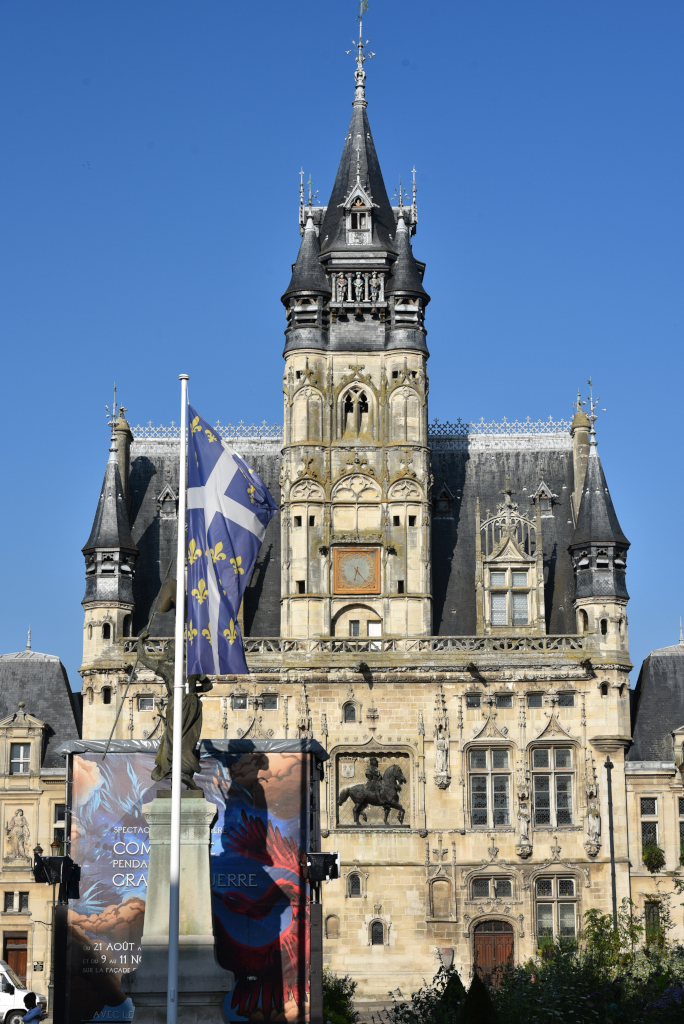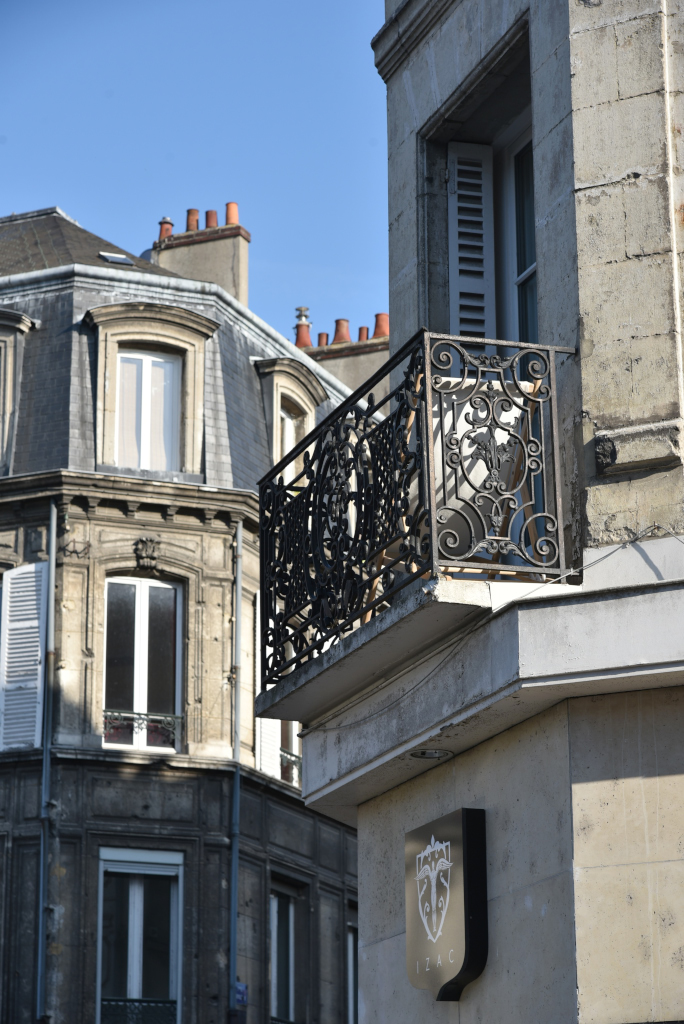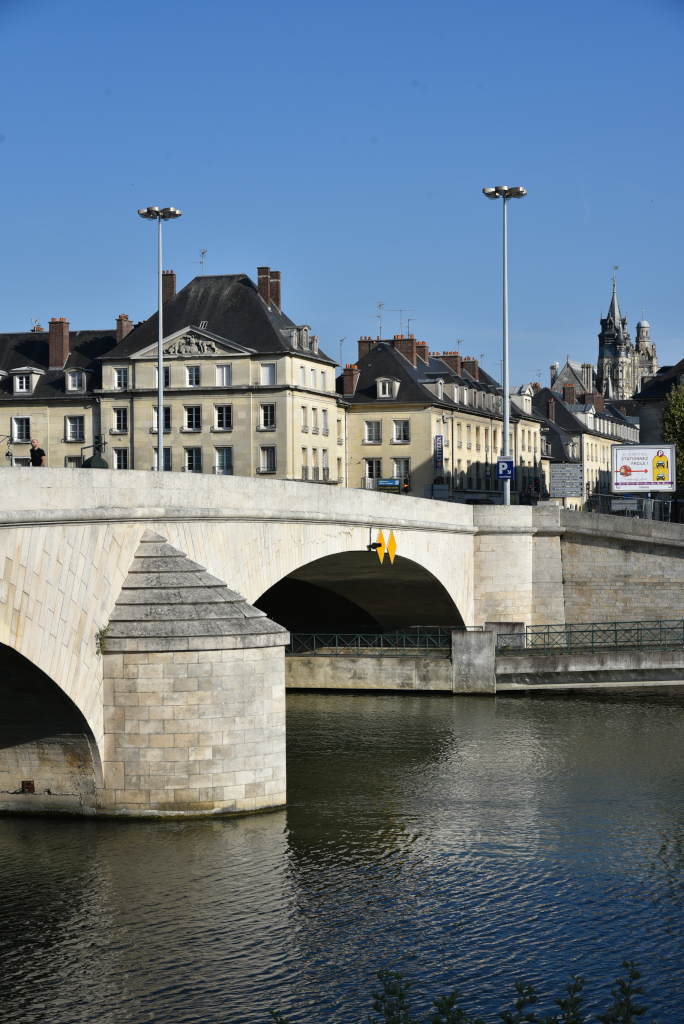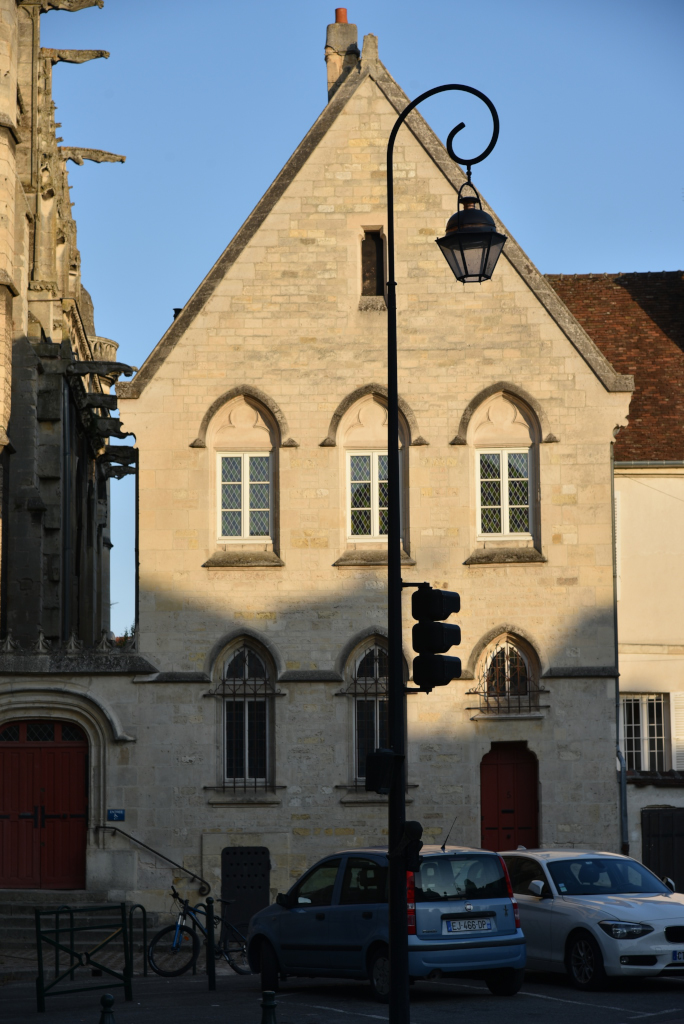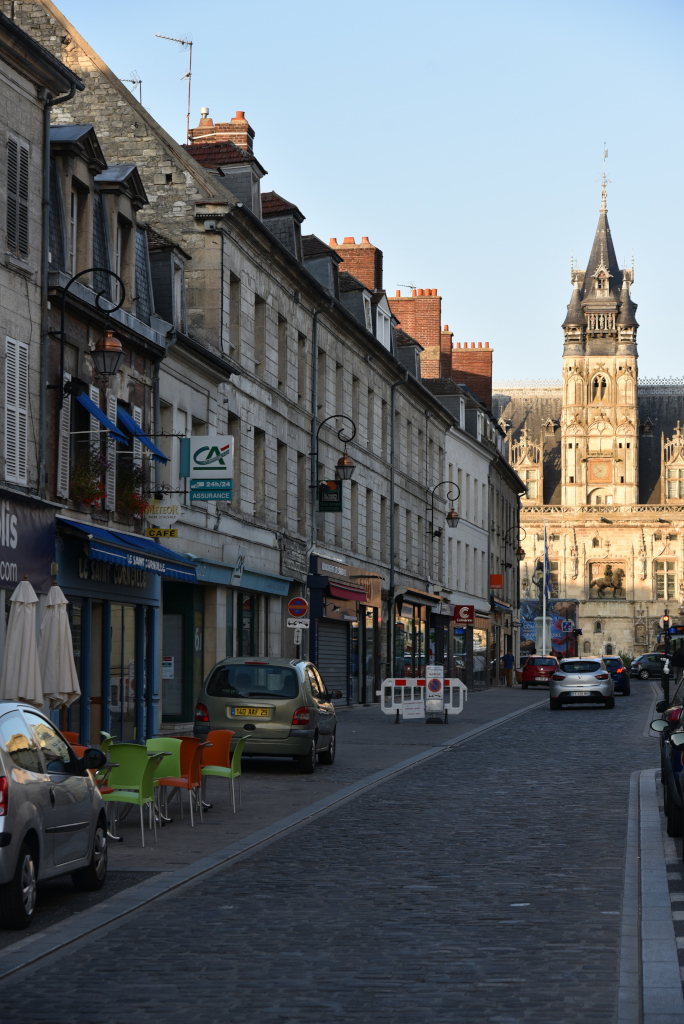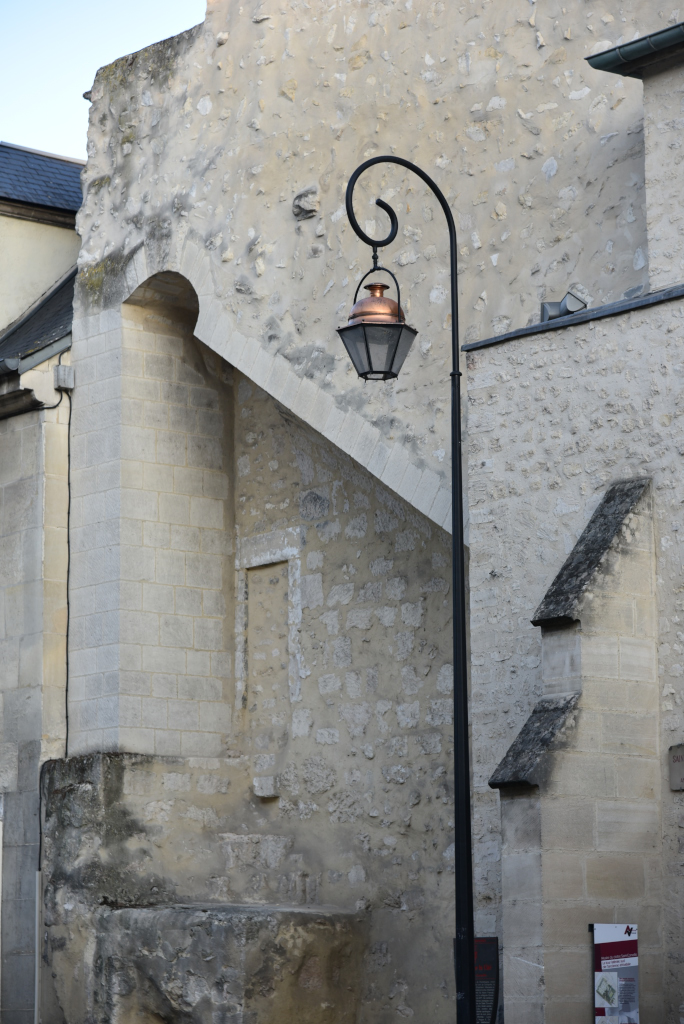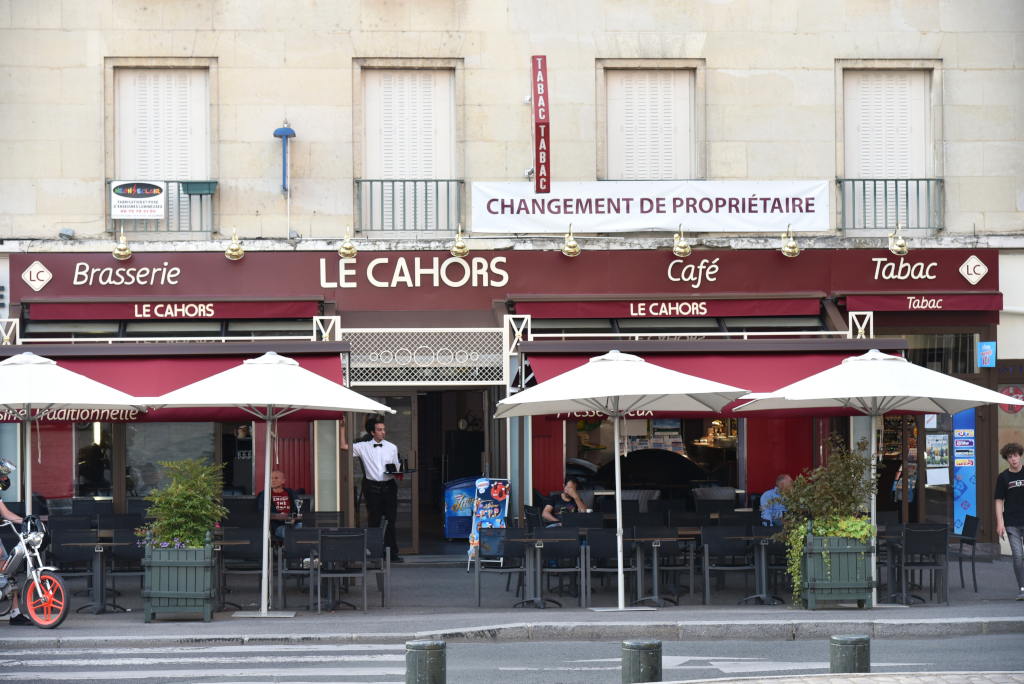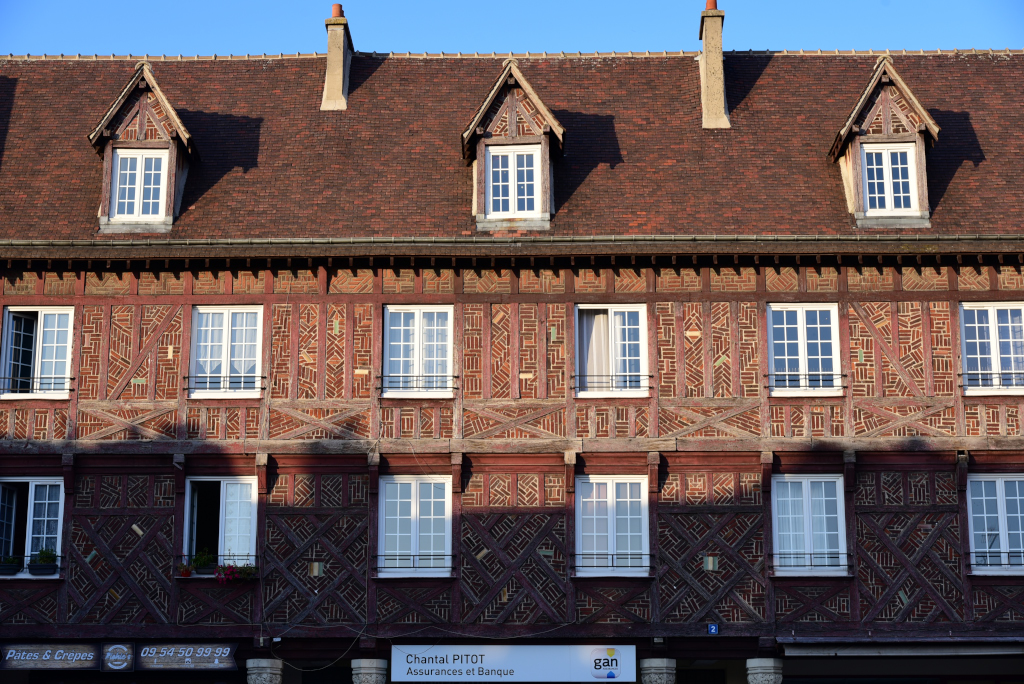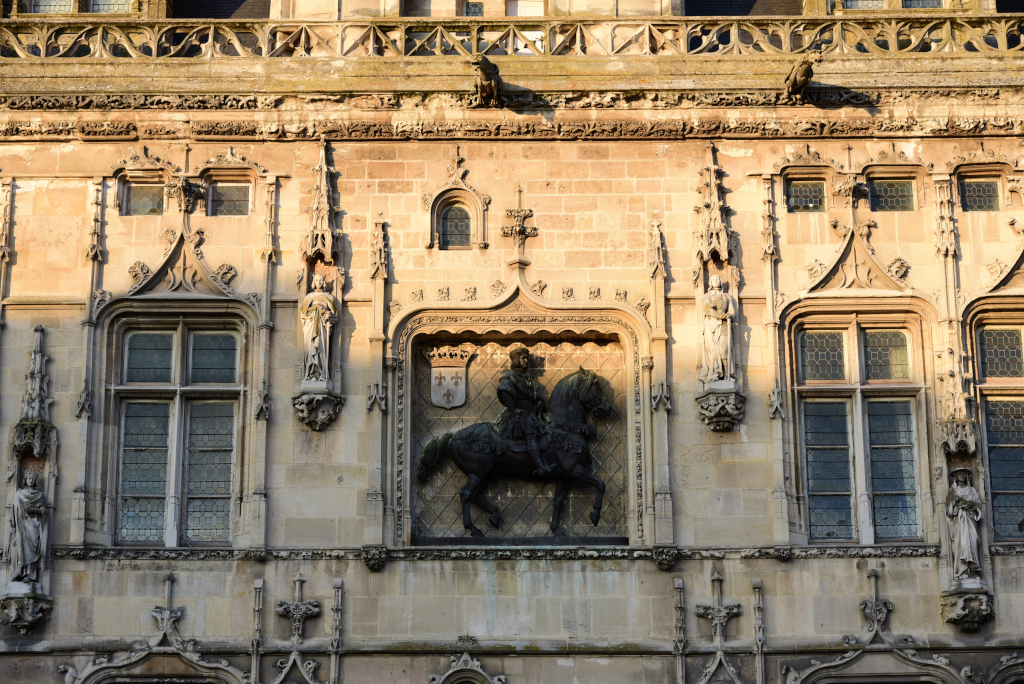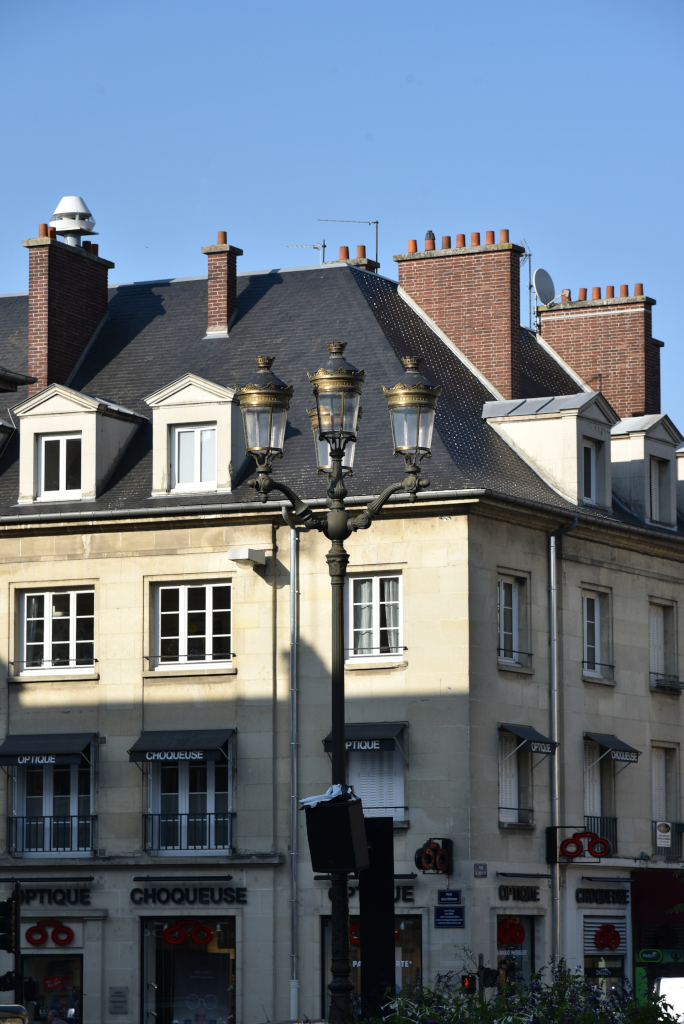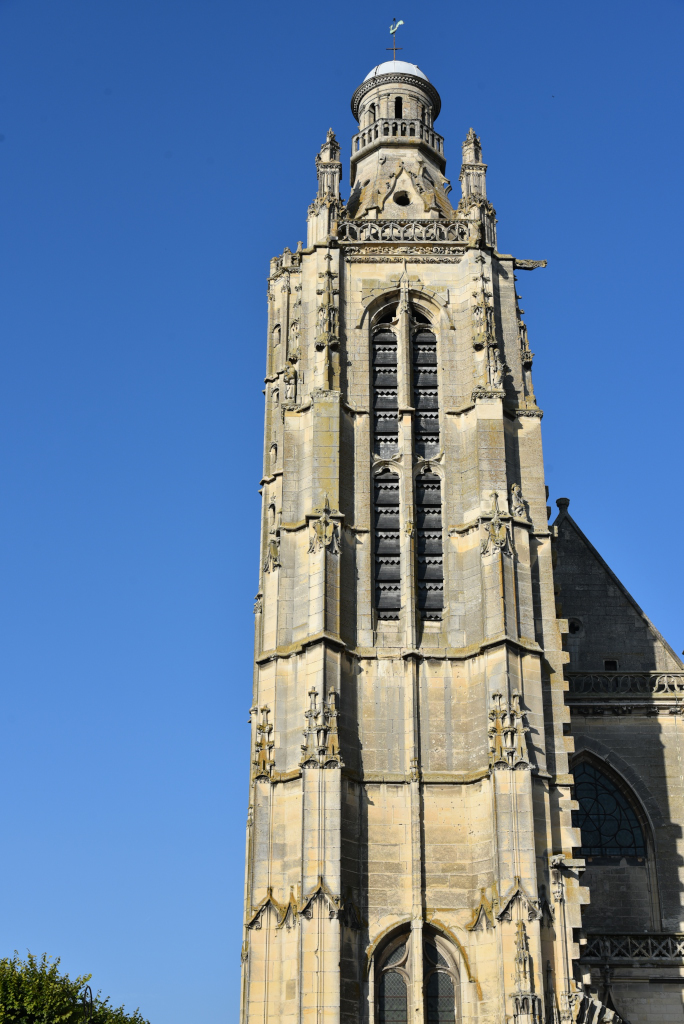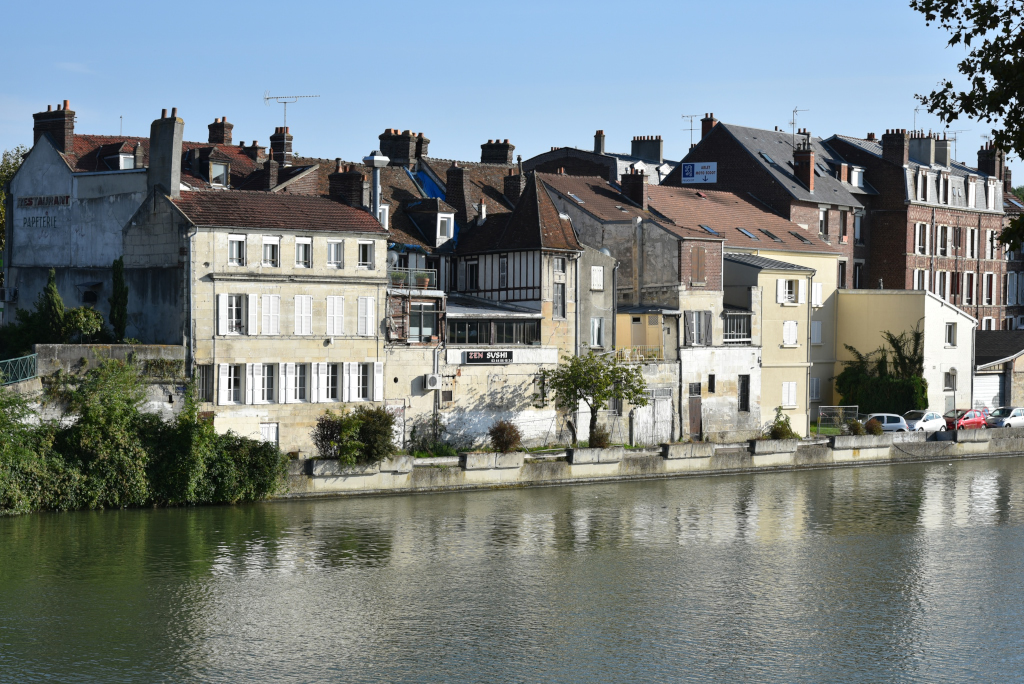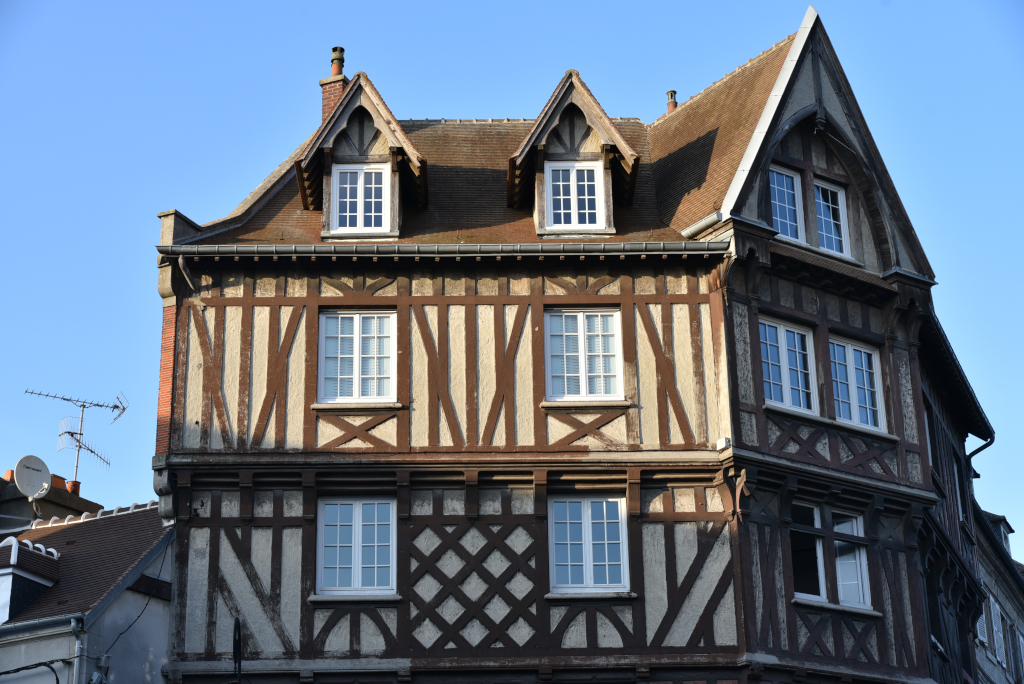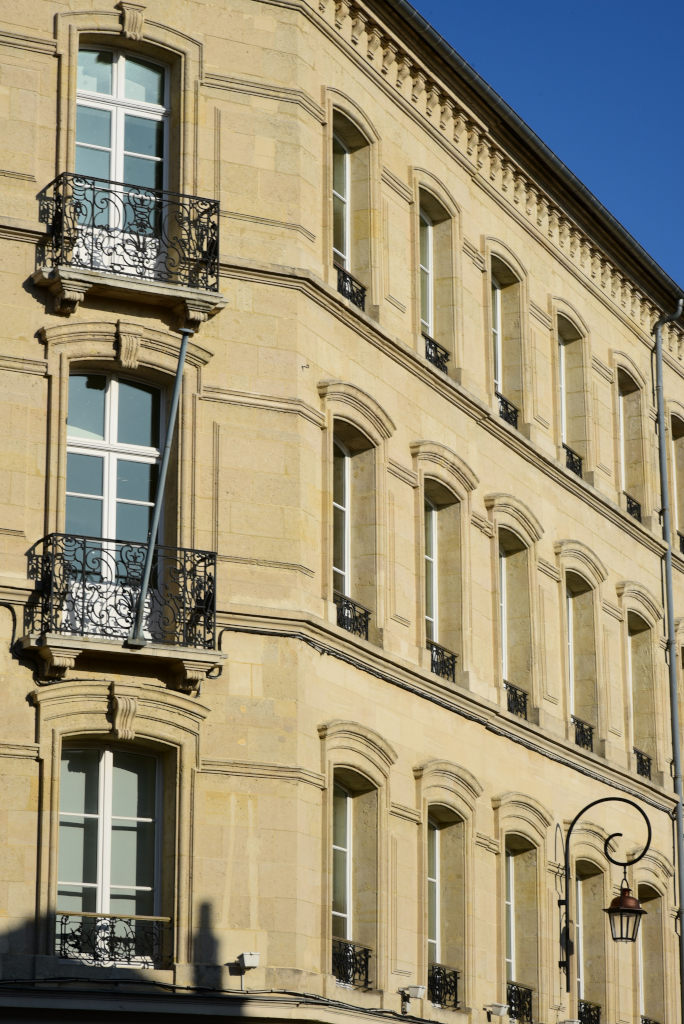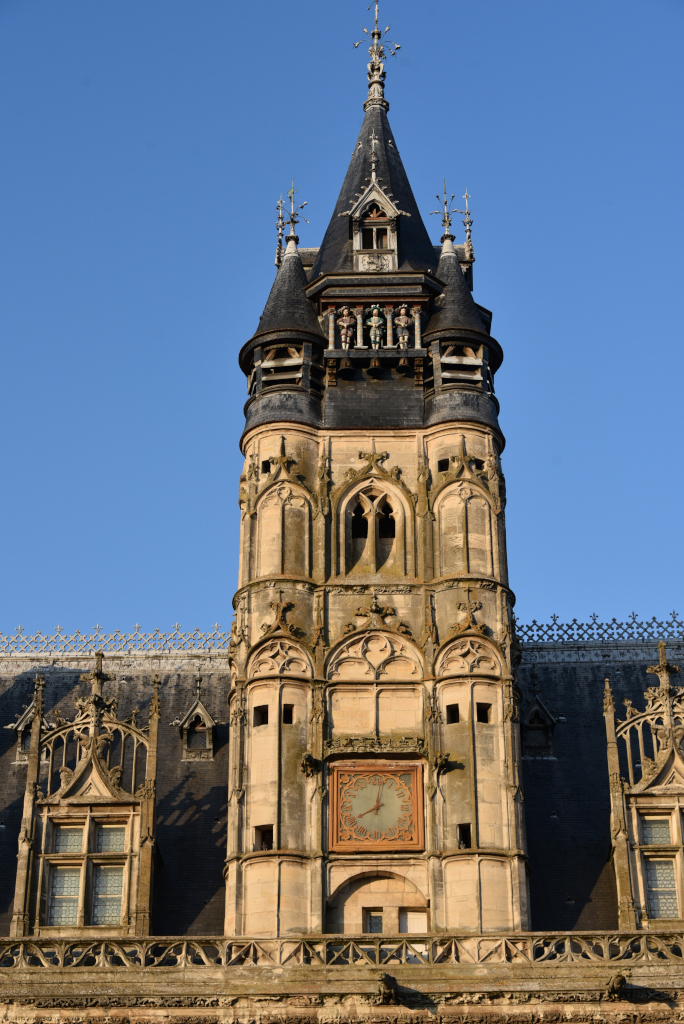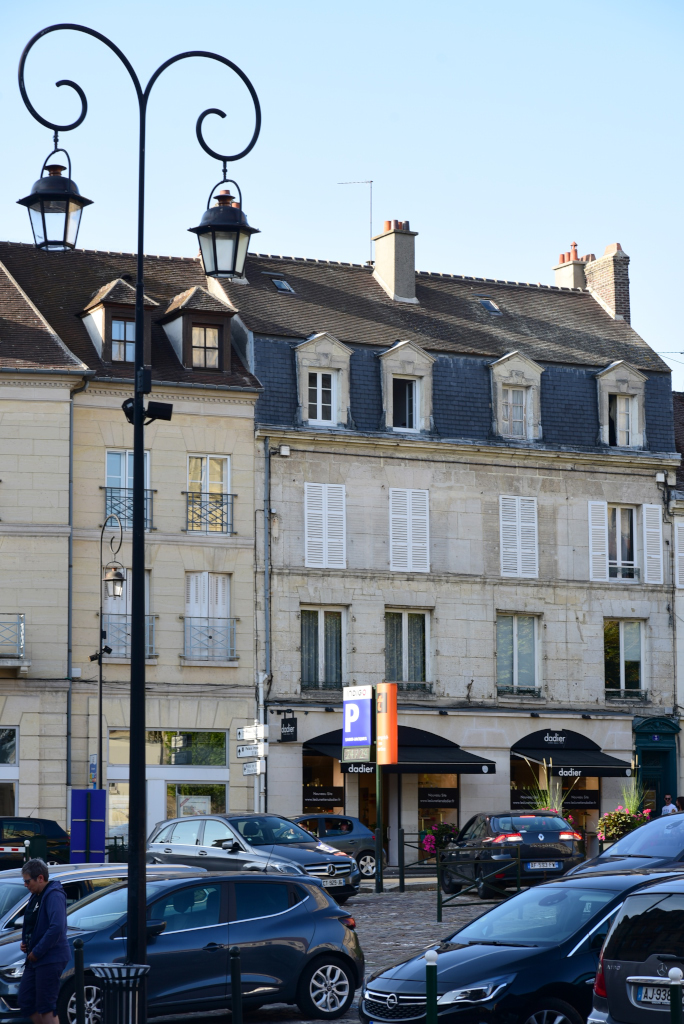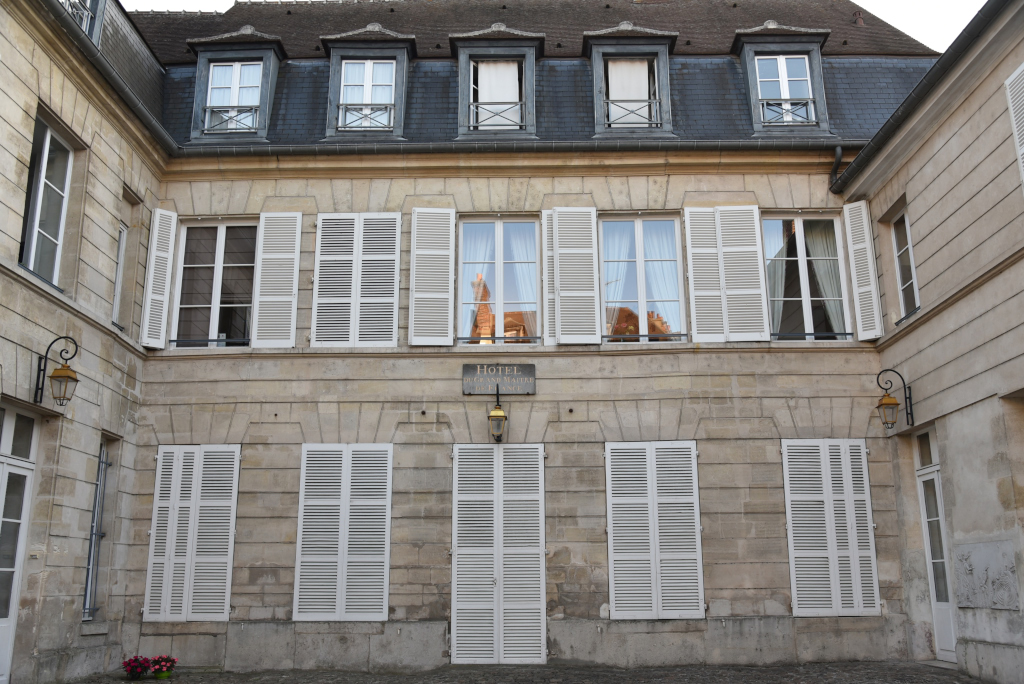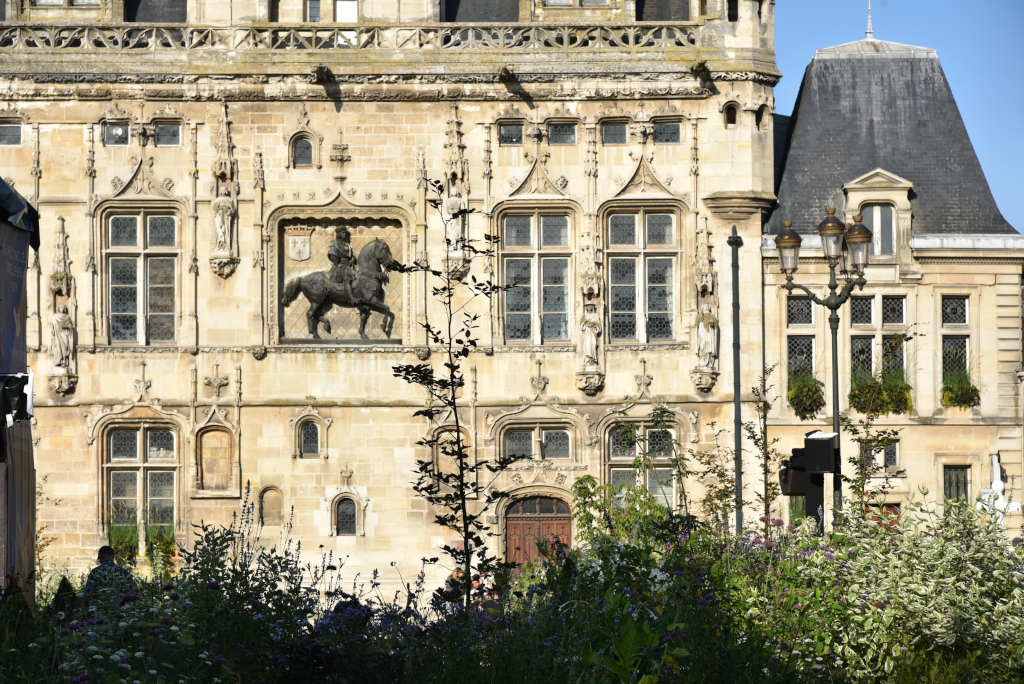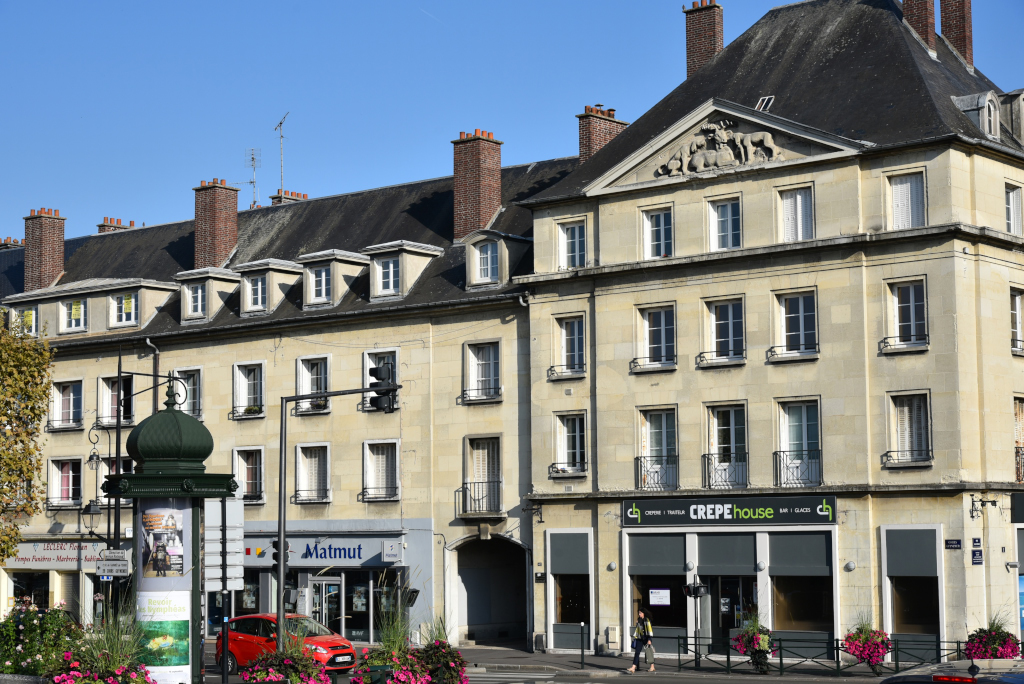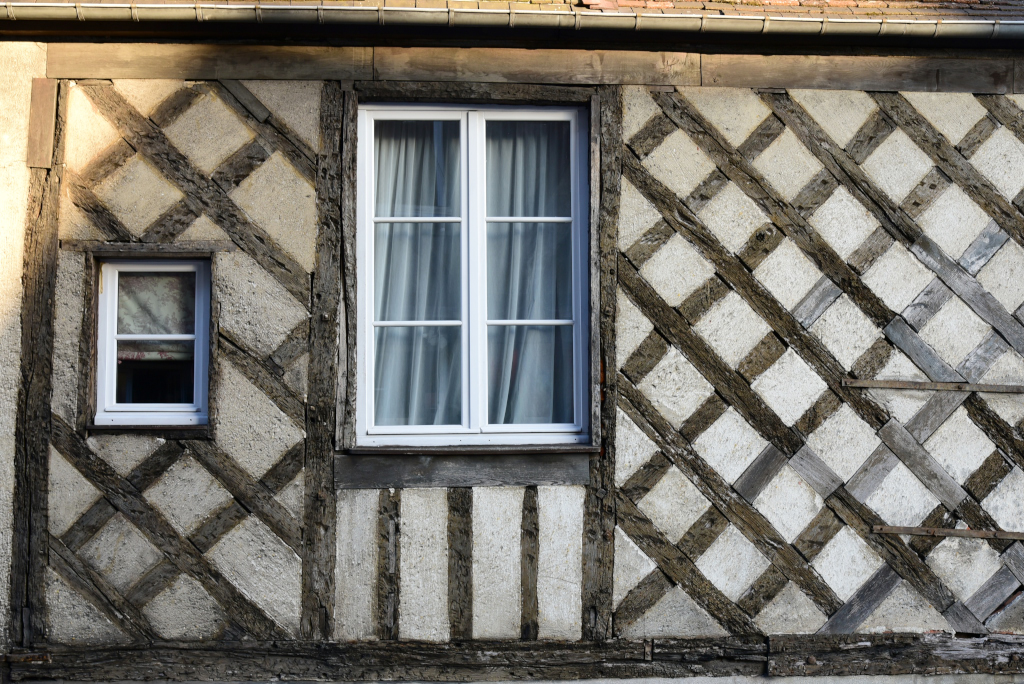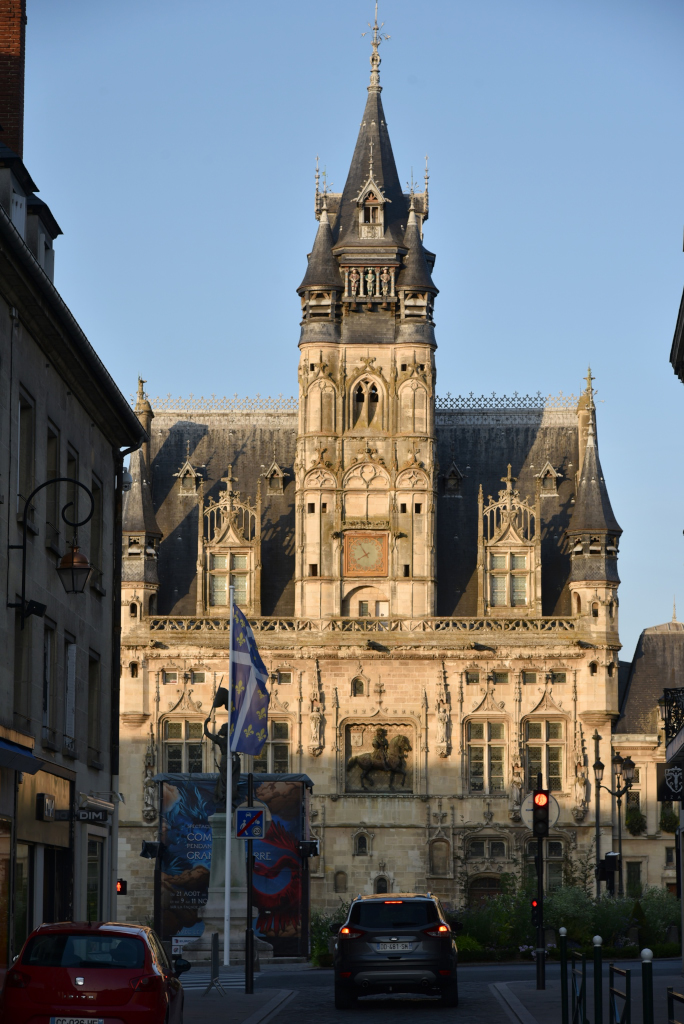August 28th, 2018
The towns and landscape on journey along the Oise river from Noyon to Compiègne do little to reflect the history of the region or regal nature of the two cities. Rather, the area is largely characterized by relatively banal and inconsequential towns, bereft of much character. That said, there are several historic structures of note en route, as well as the Forêt Domaniale d’Ourscamps-Carlepont and Forêt Domaniale de Laigue forests to the east of the Oise river, which I unfortunately skirt altogether, as I remain along the west side of the Oise on the trip.
According to ancient texts, the bishop of Noyon Eloi founded an oratory in Ourscamp in the middle of the 7th century, then in 1129, the bishop of Noyon founded the Notre-Dame d’Ourscamp abbey. It was occupied by a Cistercian community the following year, led by Saint Bernard, the Cistercians remaining until the French Revolution.
The town’s best-known monument, however, is the castle of Alphonse Mennechet Barival, built around 1880. The castle, intended to be the owner’s personal museum, was in fact never completed, due to the his death in 1903. The castle suffered substantial damage during the bombings of the Great War.
The towns of Ribécourt and Dreslincourt date back to Roman times. Ribécourt belonged to the abbey of Saint-Eloi de Noyon, while Dreslincourt formed an important parish divided into several lordships. At the time of the Revolution, the towns’ seigneurial jurisdictions were abolished, and Ribécourt became the chief town of a canton in the district of Compiègne.
The town of Plessis-Brion is located 2/3 of the way from Noyon to Compiègne, and lies between the Forêt Domaniale de Laigue and Oise river. The highlight of the town is the castle named after the town, and dates to the early Renaissance, and is characterized by the transition from Gothic to the Renaissance style.
The chateau was built around the year 1500 by Jean de Poumereux, Grand Master of artillery of King François 1st on the foundations of a Merovingian fortress. The structure features two large cylindrical corner towers framing the rectangular building, the latter oriented to the west and overlooking a canal.
The building is surrounded by a moat, and the windows of the red brick structure framed by contrasting slate. The corner towers are conical, while the main building features a sloping roof covered in slate as well. The western part of the building is surrounded with a stone cornice which indicated that the owner of the castle was entitled to host the king of France.
And now the arrival in another historic city of northern France, Compiègne. From the western side of the Oise, the town appears unassuming, and does little to prepare the visitor for the stupendous Gothic structures at the centre of the town, or the ostentatious palace and its gardens.
The first traces of human habitation in the town of Compiègne date back to the beginning of the fifth millennium B.C. In the Gallo-Roman era, Compiègne was a crossing point on the Oise, connecting the territories of Beauvais and Soissons. Compiègne was associated with the crown of France since the advent of the Merovingians.
The town flourished in the Middle Ages and was the site of assemblies and councils under the Merovingian kings. In 833, Louis the Pious was deposed in Compiègne . Charles II the Bald enlarged the town and founded the Abbey of Saint-Corneille, now the home of the municipal library. Compiègne became a commune in 1153, and a monument to Joan of Arc commemorates her capture there by the Burgundians in 1430.
(Narrative excerpted from Wikipedia and Encyclopedia Britannica)

